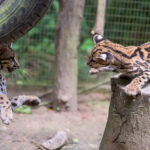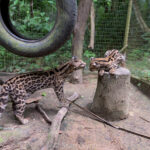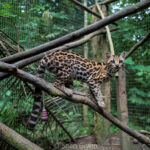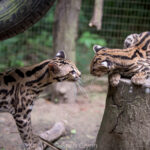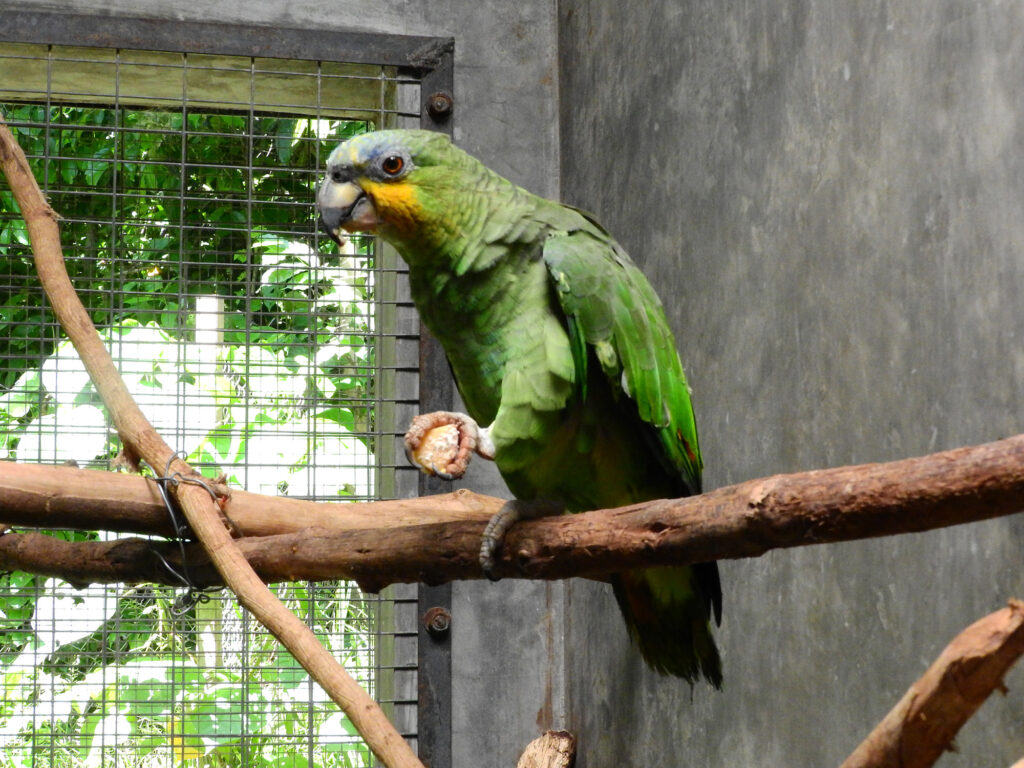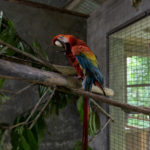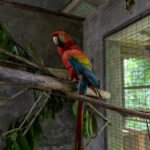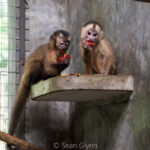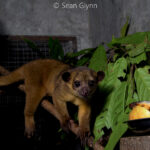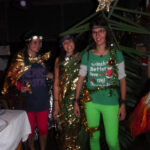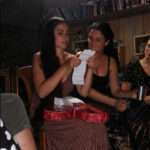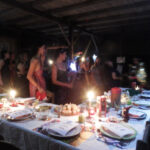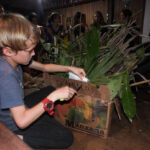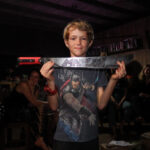Meet the Corona crew !
Episode 2 : Olivia
We find ourselves in a unique situation at EV with a very stable crew: the whole team has been here for at least 3 months now! We would like to introduce you to this ‘Corona Crew’, next up: Olivia!
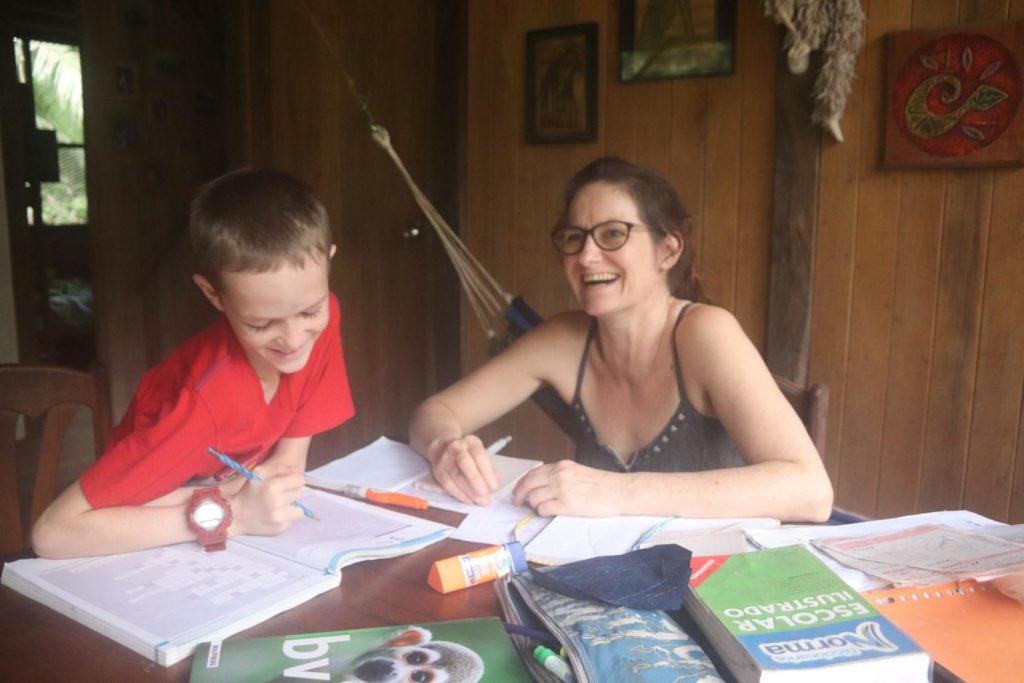
Olivia founded Esperanza Verde 10 years ago with Douwe, and is still the passionate director of this place. Everybody who has ever been there will know that Olivia is an all-rounder and has a lot of different jobs to do at EV. In this Corona time, something can be added to this list: home schooling her son Marlon (often combined with some bookkeeping or other stuff though, as you can see in the picture).
One of the jobs Olivia always enjoys doing, is the preparation of the interior of a cage for a new animal. According to Olivia “It is a nice job, as it involves a bit of knowing the species and the individual. It should generally be grateful, and you can see the animal makes good use of what you did.”
Here comes the rest of her interview:
What do you love about EV?
I love living surrounded by animals. I love being able to do a lot of different things, and yes, I also like to clean cages- maybe not every day, although this is often the case (with baby animals in care at home). The variation is one of the most beautiful things of living here, it basically never gets boring.
What would have happened if you would have left for Africa instead of South America 10 years ago?
Well, Africa would never have been a choice for me, but let’s say…. Australia, as that was in my head at the time. I might have ended up working with kangaroos or koalas. I always believe that, if you work intensively with a species, they all grow special. This is one of the reasons why I have a hard time answering the question; which animal do I like most?
What didn’t you expect before starting EV?
In many ways I think I did expect what we have done so far- sounds maybe weird, but well, I am a bit of a control freak.
What are you most proud of?
Of course, I am very proud of our achievements in how we have been able to rescue so many animals. But most proud I am of the support group that we have behind us and EV. This is something we achieved in these years that is really amazing. EV is not only us and the volunteers, but a huge network of ex-volunteers, friends, family, and many professionals from different countries.
What is your favorite job/activity?
A difficult one, as there are many. One of the things I always enjoy doing is the interior of a cage, preparing it for a specific animal, like the sleeping box, branches and some enrichment. It is a nice job, as it involves a bit of knowing the species, the individual, observing it and you can see how grateful it is, as you can see the animal makes good use of what you did.
Would you like to have a month where you would just do the work volunteers do?
Yes. I had to think a bit, as maybe a month would be long, but if I add up what I do over the year, I think I easily come to way more than a month in doing the same work as volunteers. But I never do it everyday for a month, it is always in between, and that can be very hectic. So yes I would want to do it for a month, and then really only as a volunteer- but is that really possible still?
What is the most difficult thing about living here?
That everything gets fungus or cockroaches get to it! But maybe on a personal level, it gets lonely sometimes. The loneliness is sometimes hard, missing people that really know me and being able to meet them and talk about something not animal/work related. Don’t get me wrong, I do love to talk about animals, but I need a change every now and then.
If you could go back in time, would EV look very different?
Not much, but there is sometimes stuff that, retrospectively, we could have done differently like building the volunteer house a bit higher, so we don’t risk the river flooding it.
What will EV look like in 10 years?
Probably a bit bigger, and hopefully with a lot more surrounding land that we are protecting.
What would you do with 5000 soles (not to be spent EV related)?
When we can leave all together, use it for a holiday with the family.
What do you like to do on the weekend?
Sleep, read, watch a movie, make some pizza or bread (or something different).
Which memory at EV makes you laugh/happy?
There are many small moments, often to do with animals we raised and released and seeing them back after some time doing well. One animal that comes to my mind is Tupak, the white throated toucan we raised and released. We thought he went missing, most likely killed, but then he showed up after several weeks, and he did not even want me to come close…. Animals often surprise you, which is a good thing. More than once I have thought that an animal might not have made it….and then I was luckily proven wrong.
What animal is Douwe most like?
Not easy, after some thinking, I think a beaver is the one. Always building something.
What is the most recent thing you have learned?
That agoutis are very determined animals.
How did Corona influence this place in your eyes?
In general- so far not so much, as work just goes on as usual, as we are fairly isolated. However, it influences the group of volunteers a lot, as it is not changing, nobody leaving, no new ones coming. It has become a very tight group and it is beautiful to see how they deal with being so isolated, as contact with the outside world (family and friends) had to be restricted to a minimum.

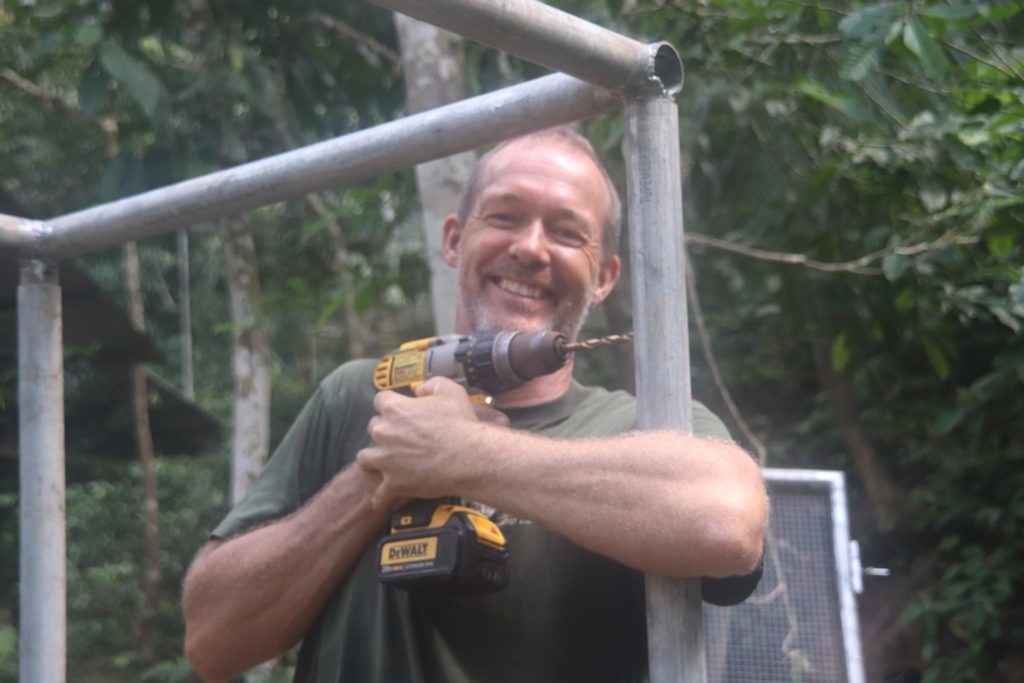

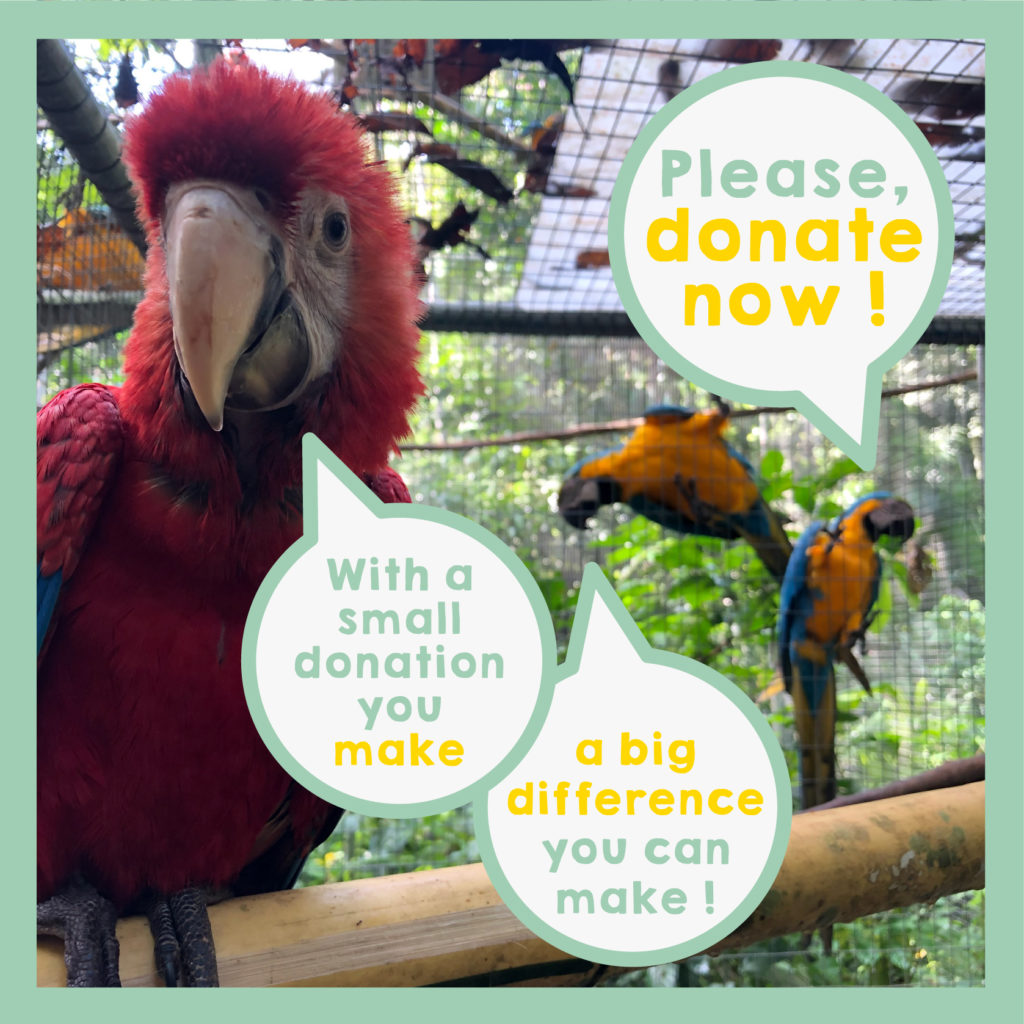
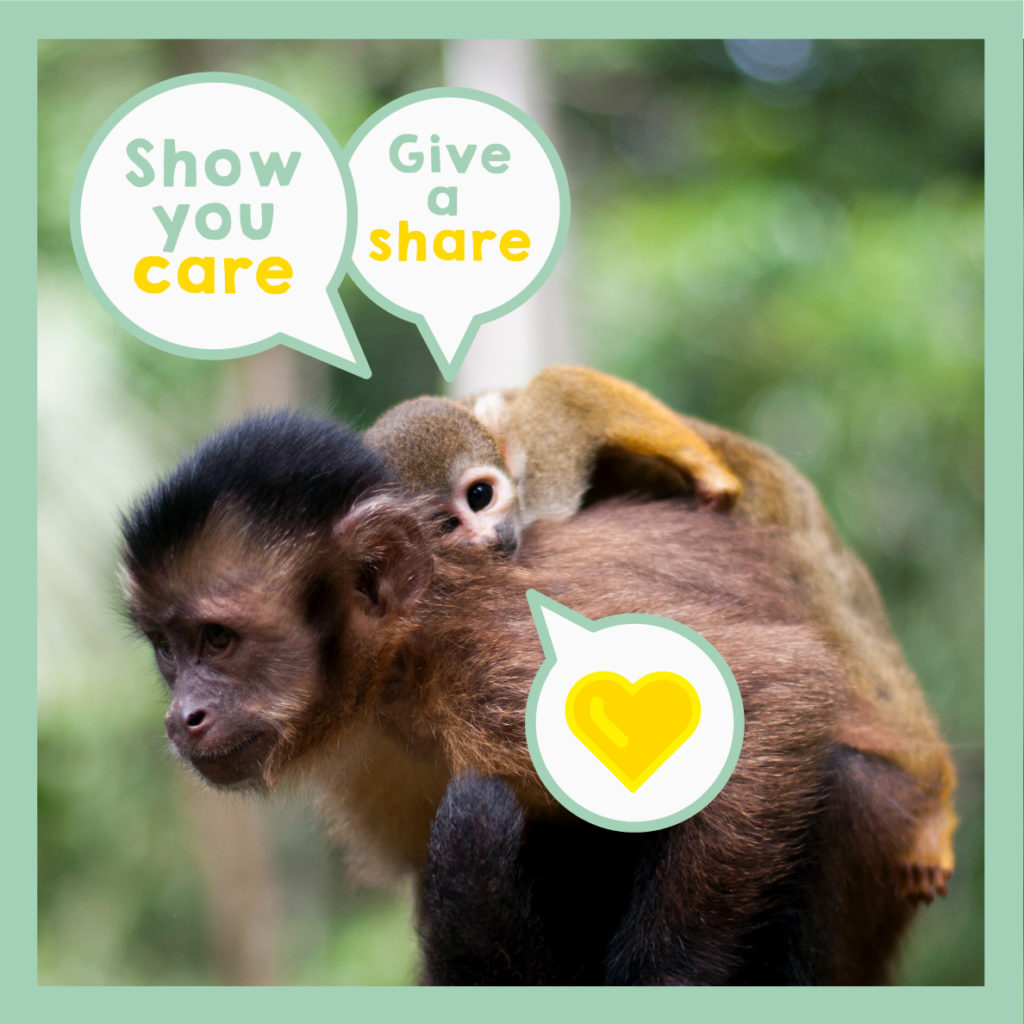

 Monkeys
Monkeys 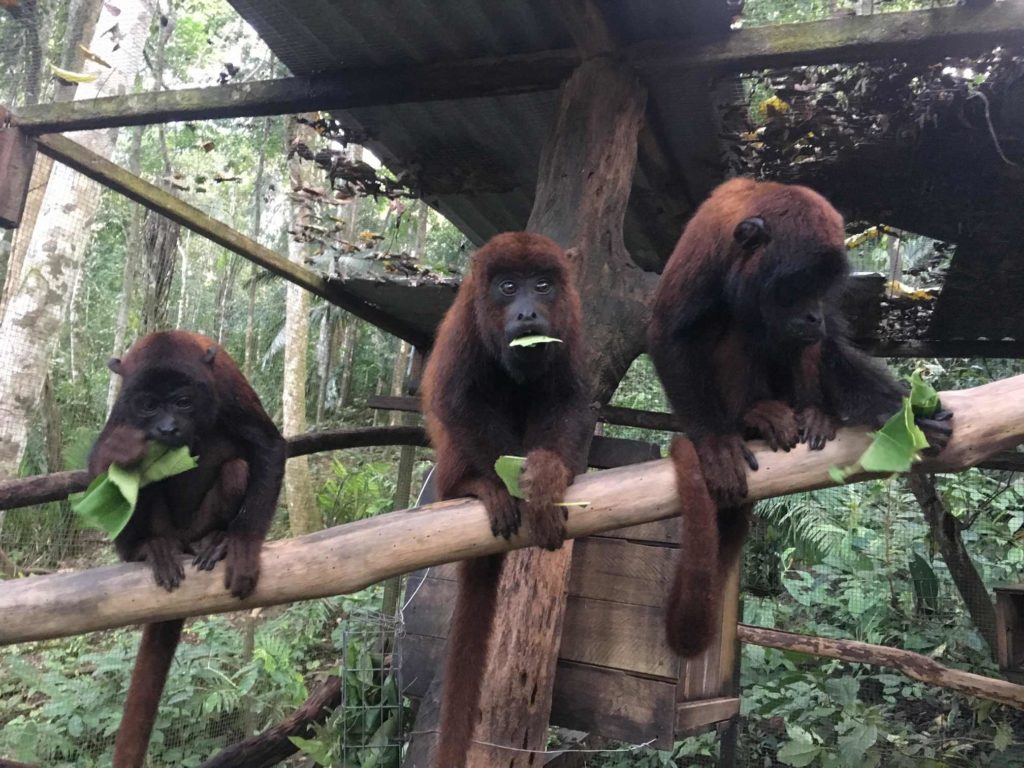
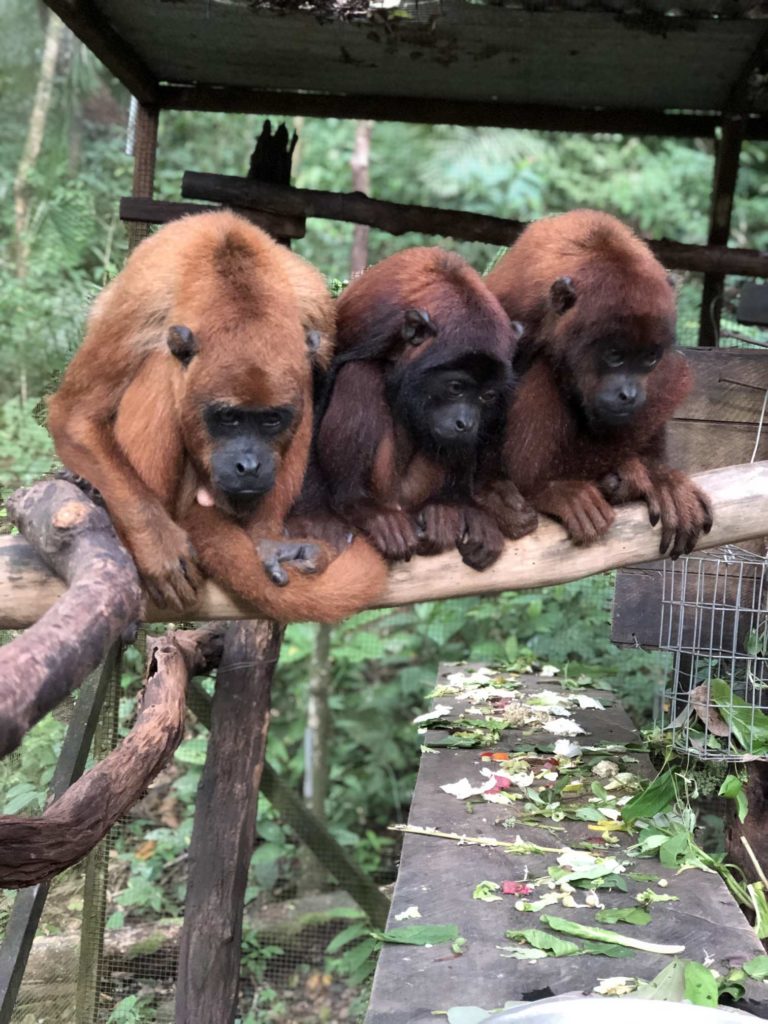
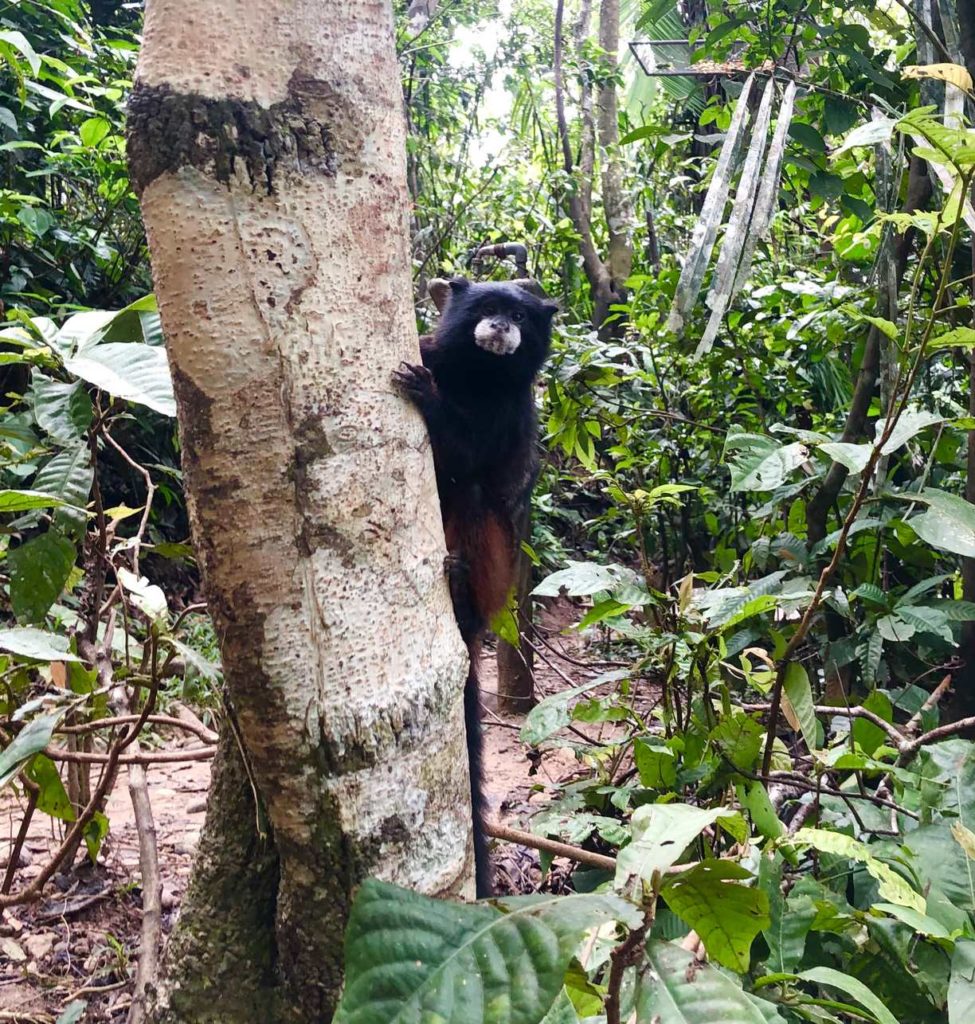
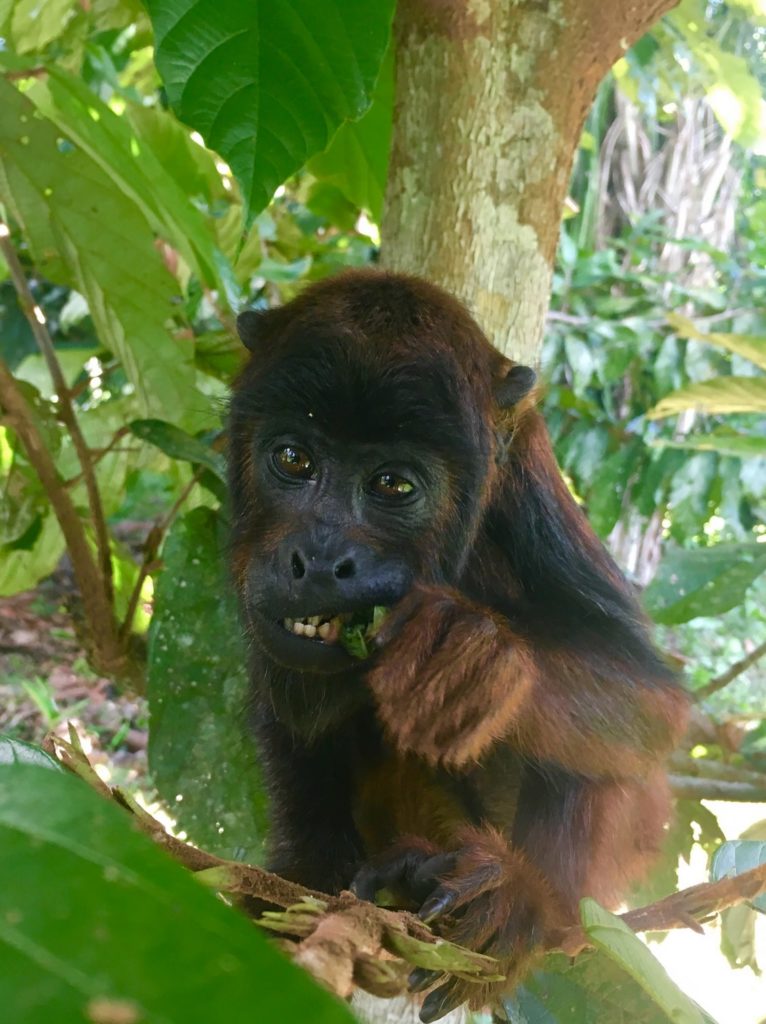
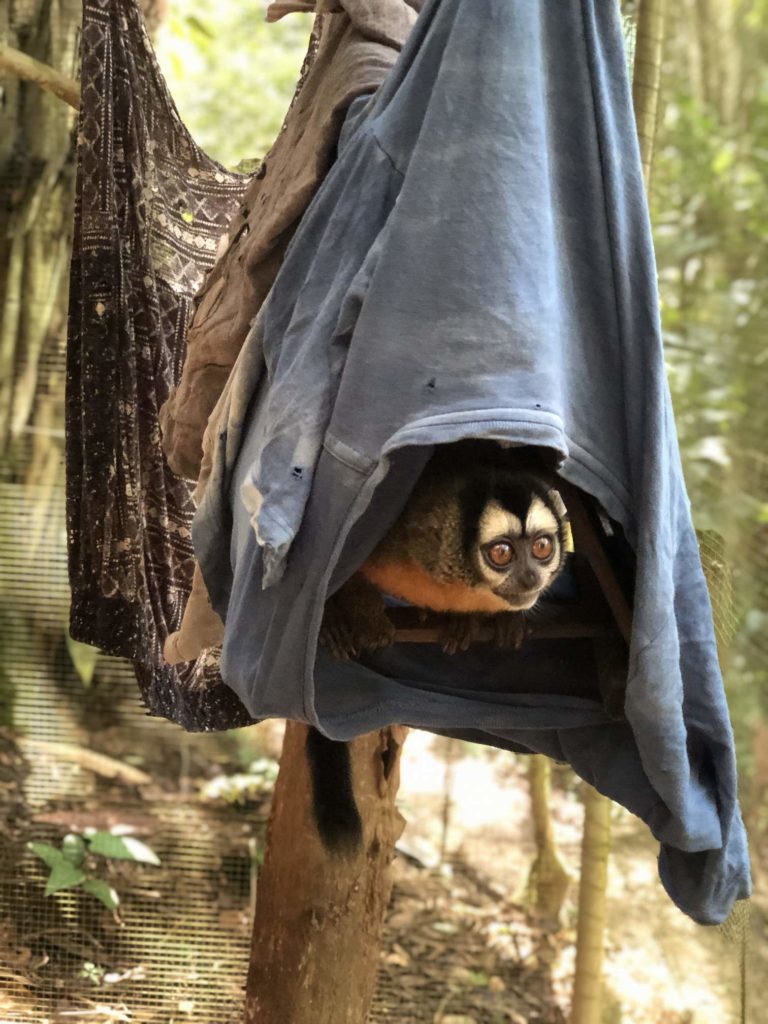
 Other Animals
Other Animals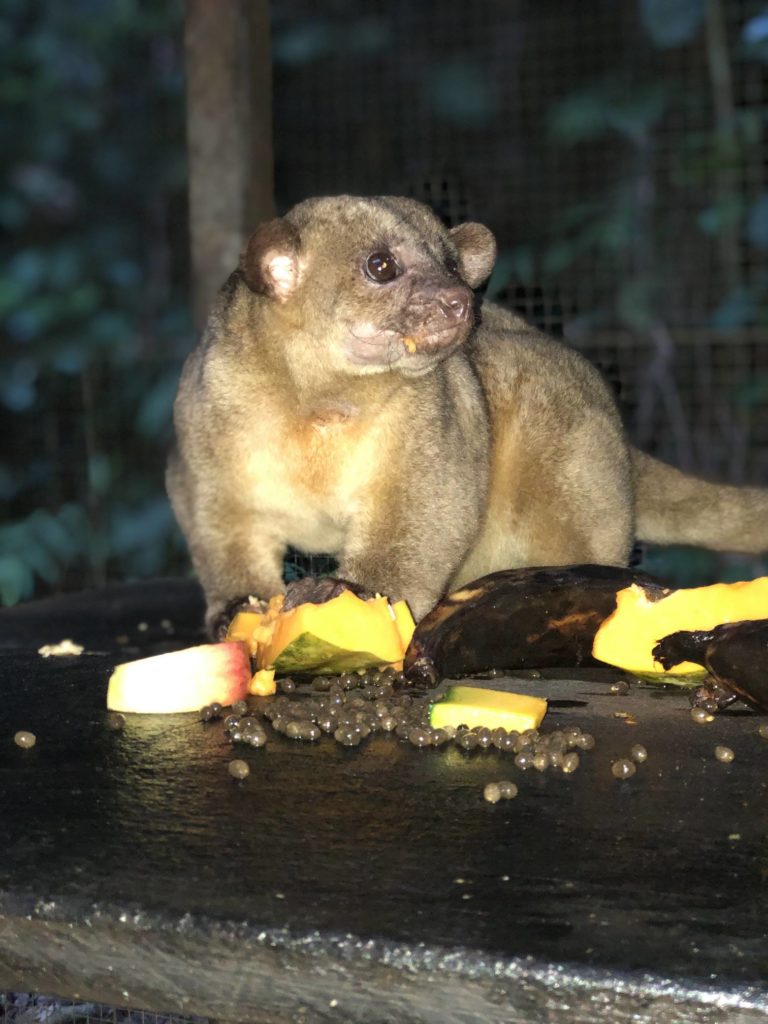
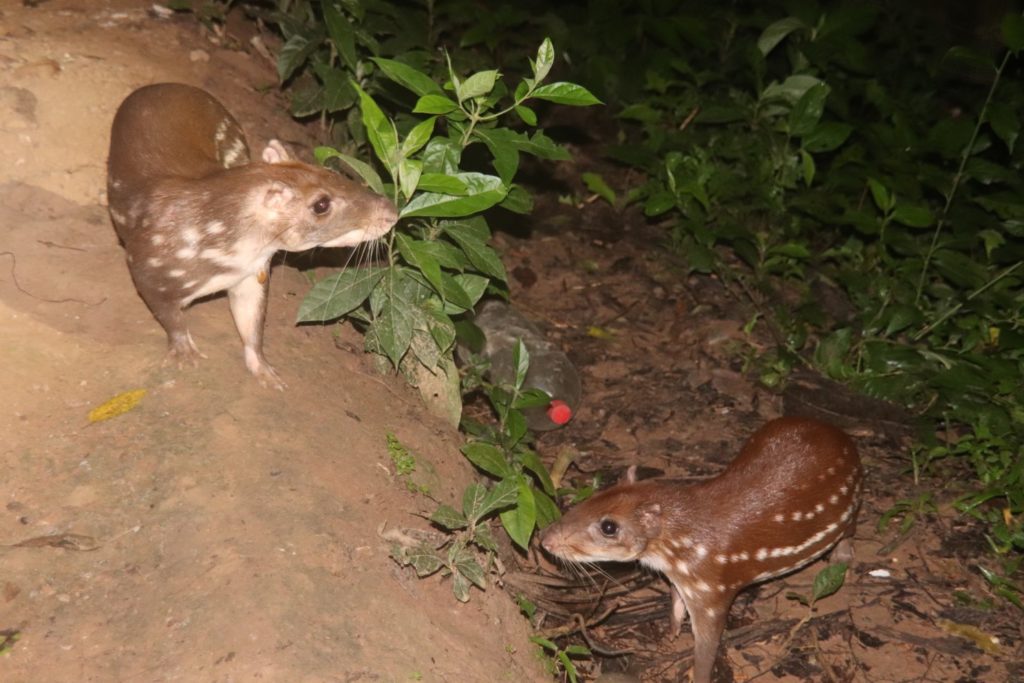
 SUST Animal Orphan Hospital
SUST Animal Orphan Hospital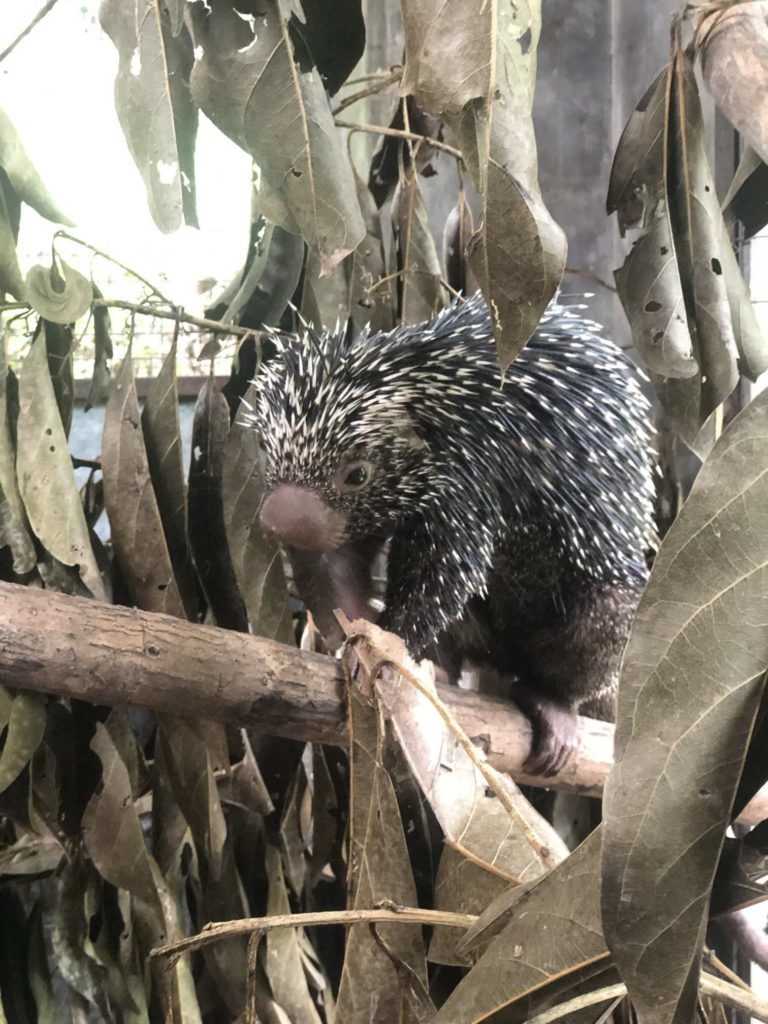
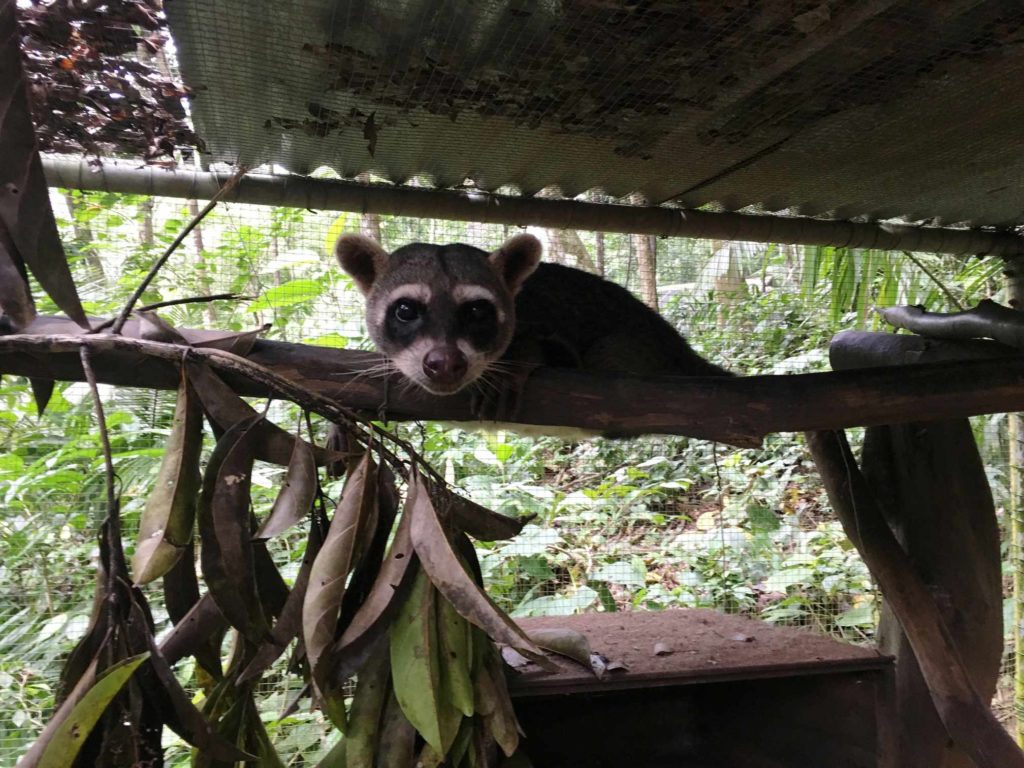
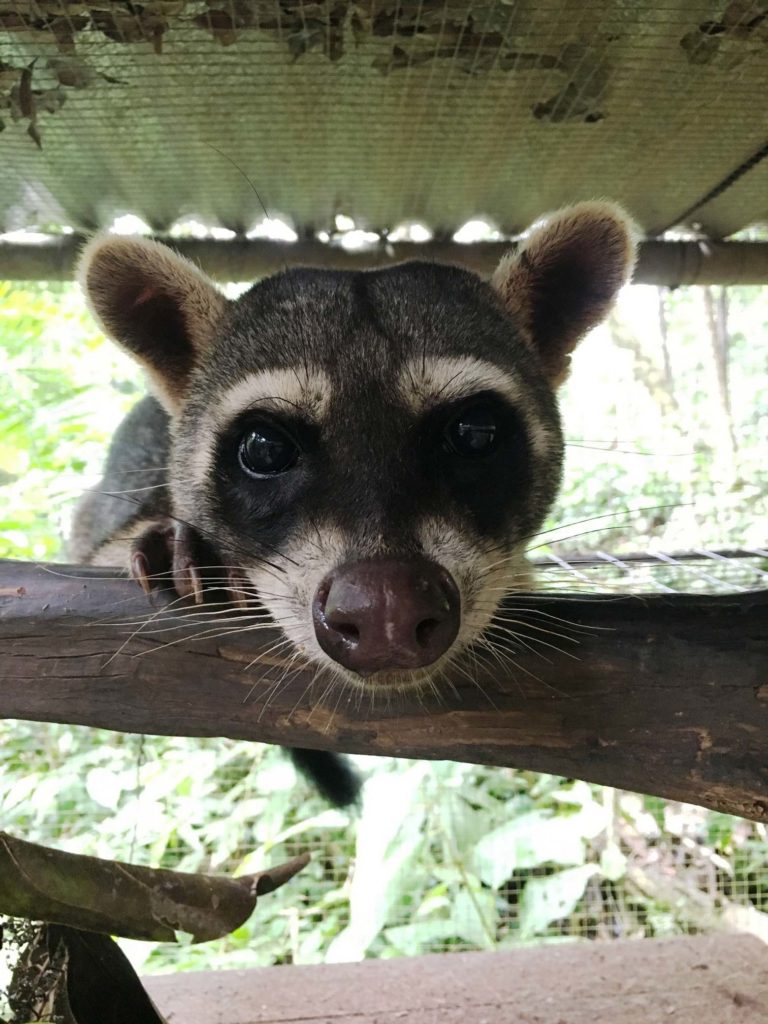
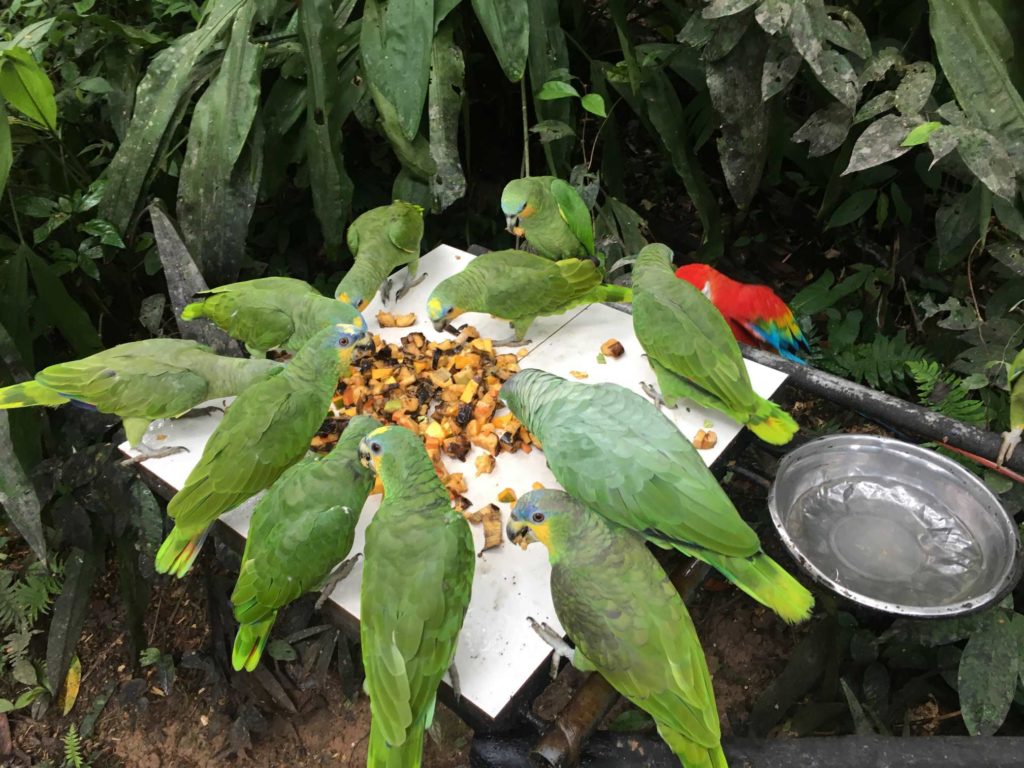
 New arrivals
New arrivals Construction and other
Construction and other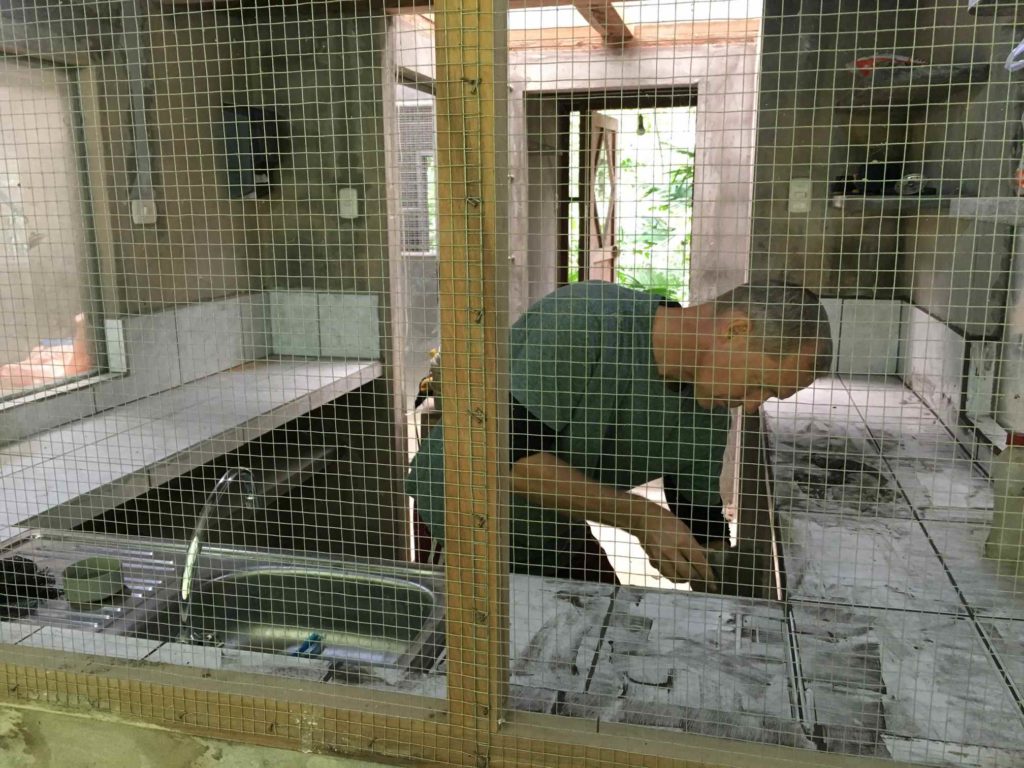

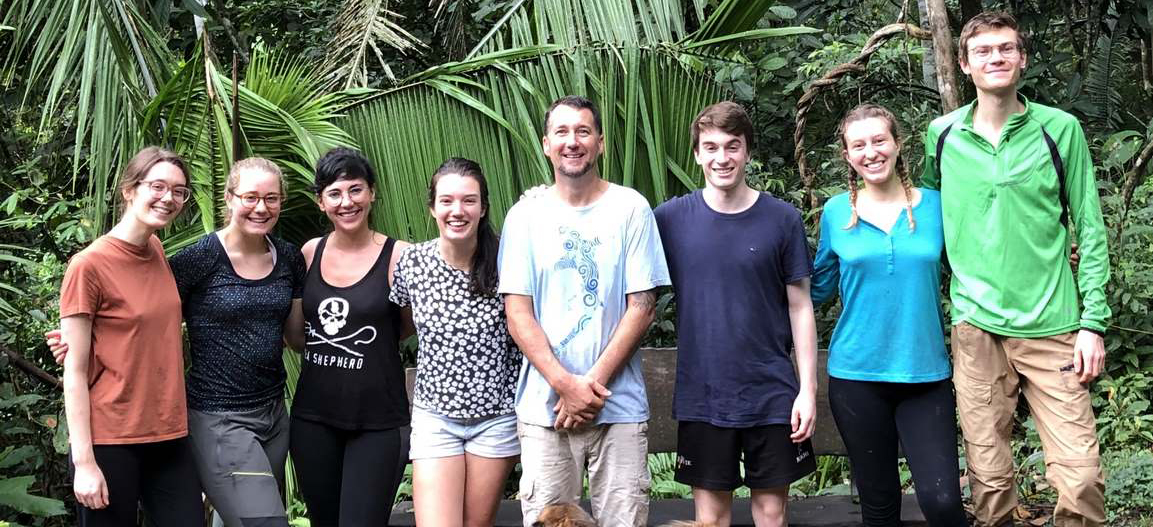
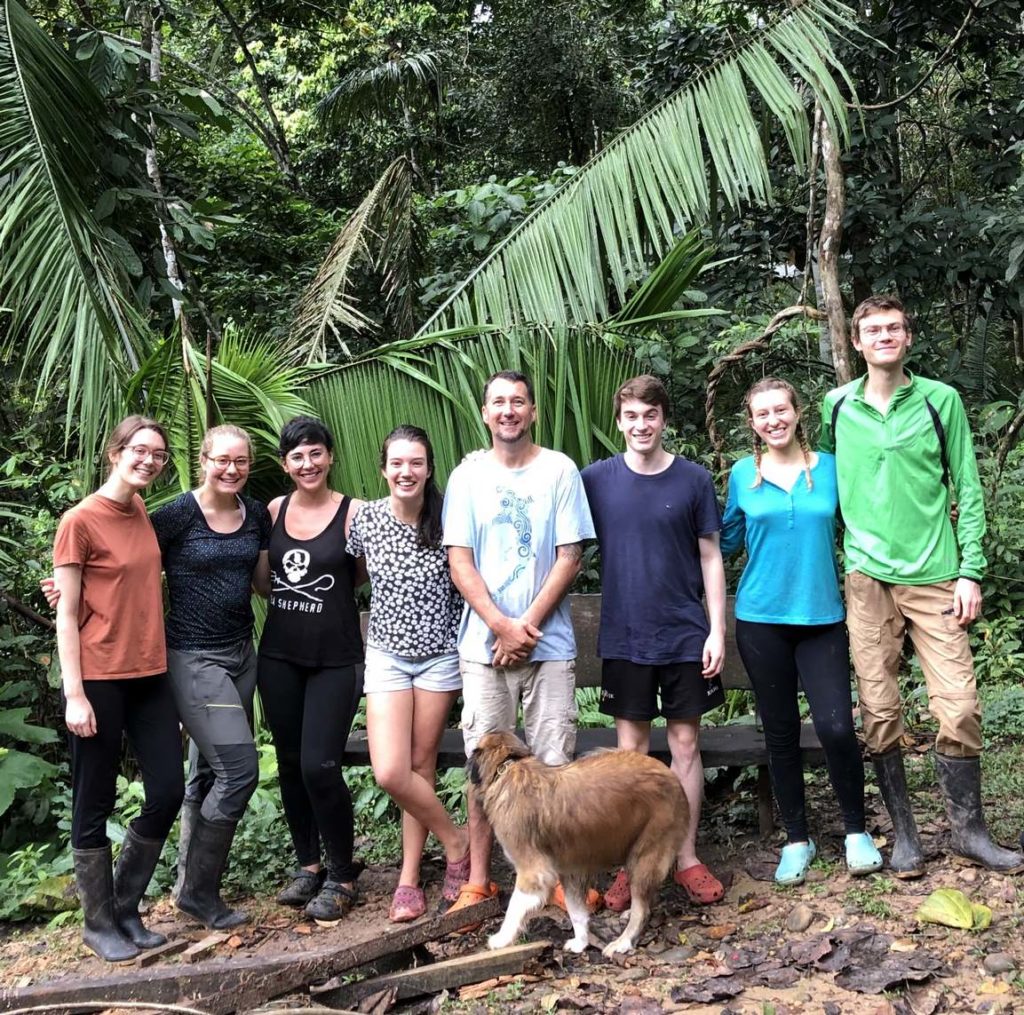
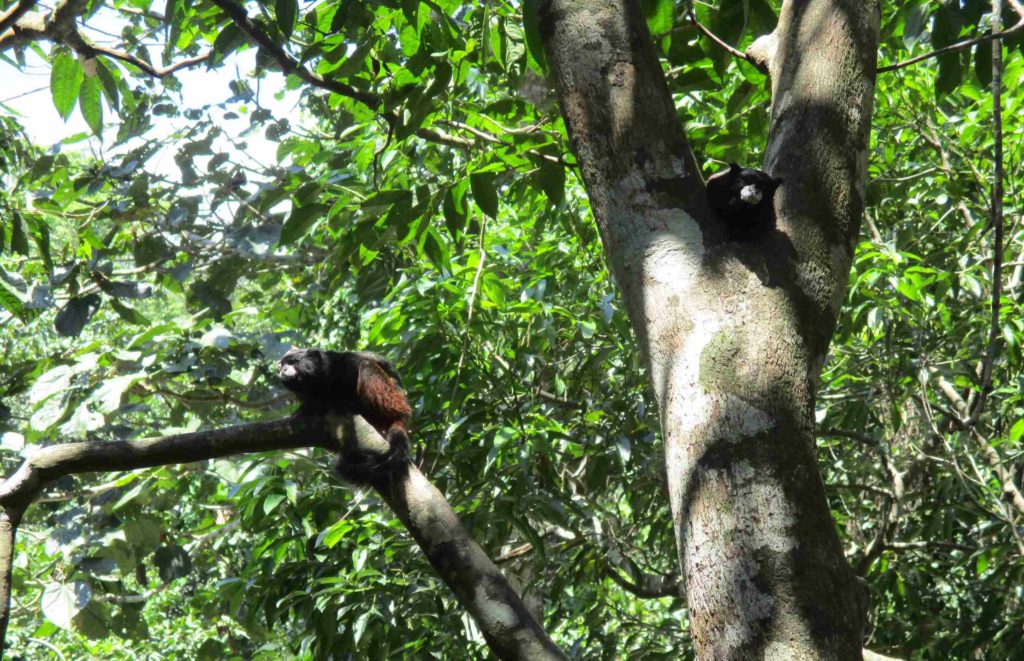
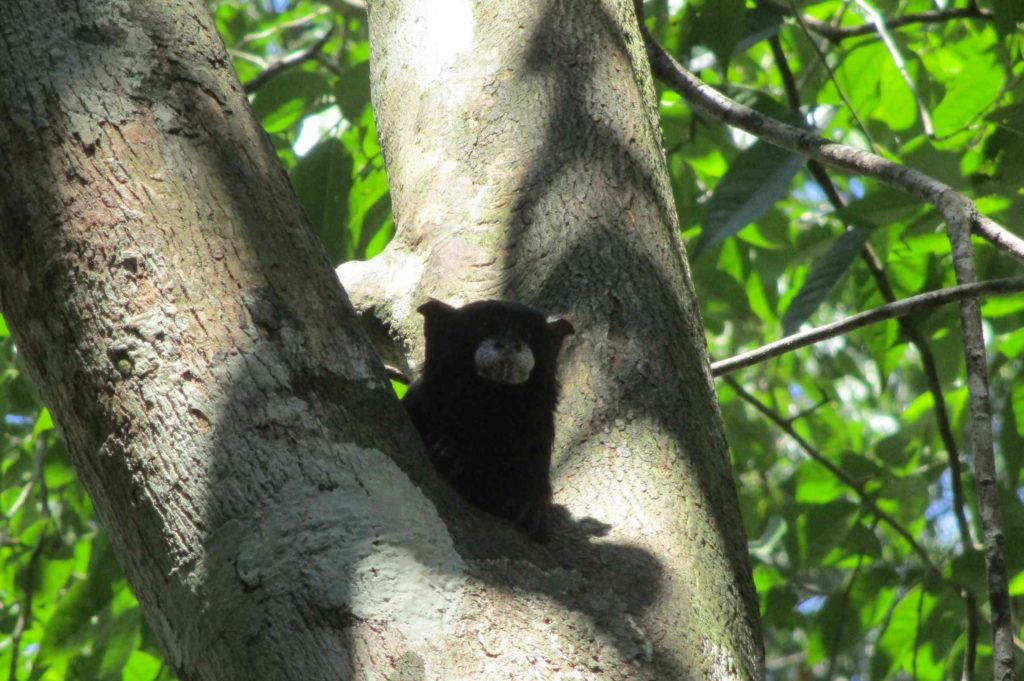
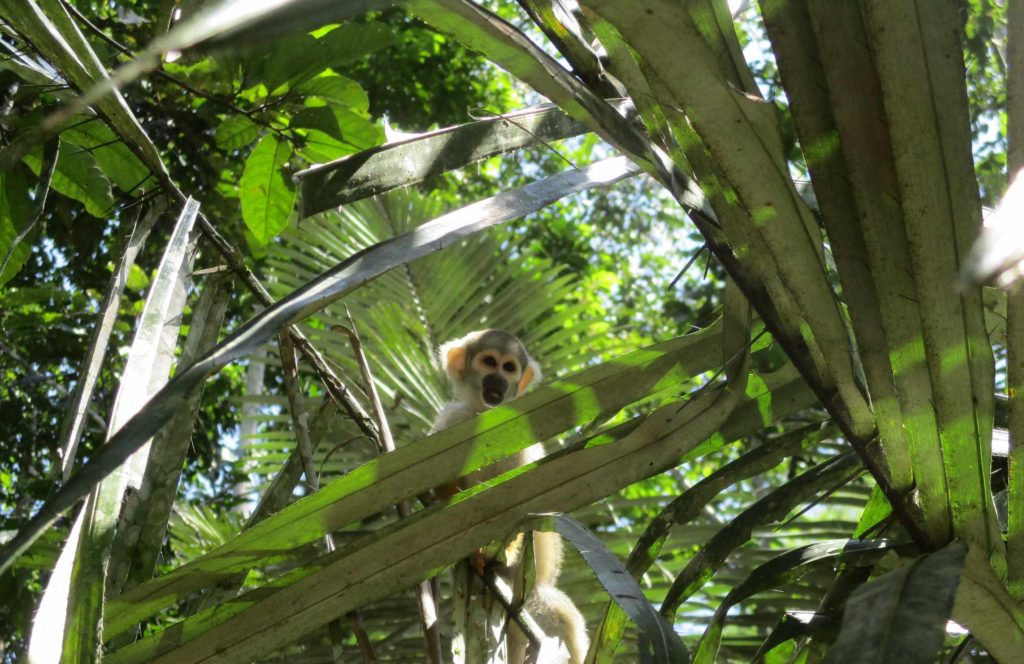
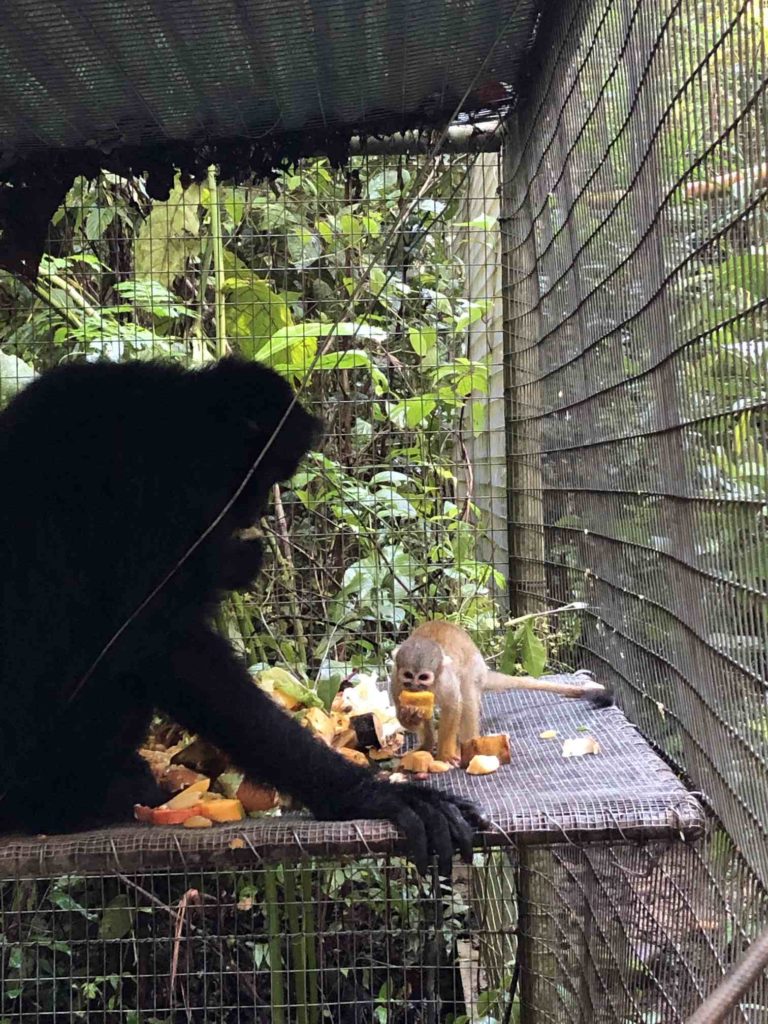
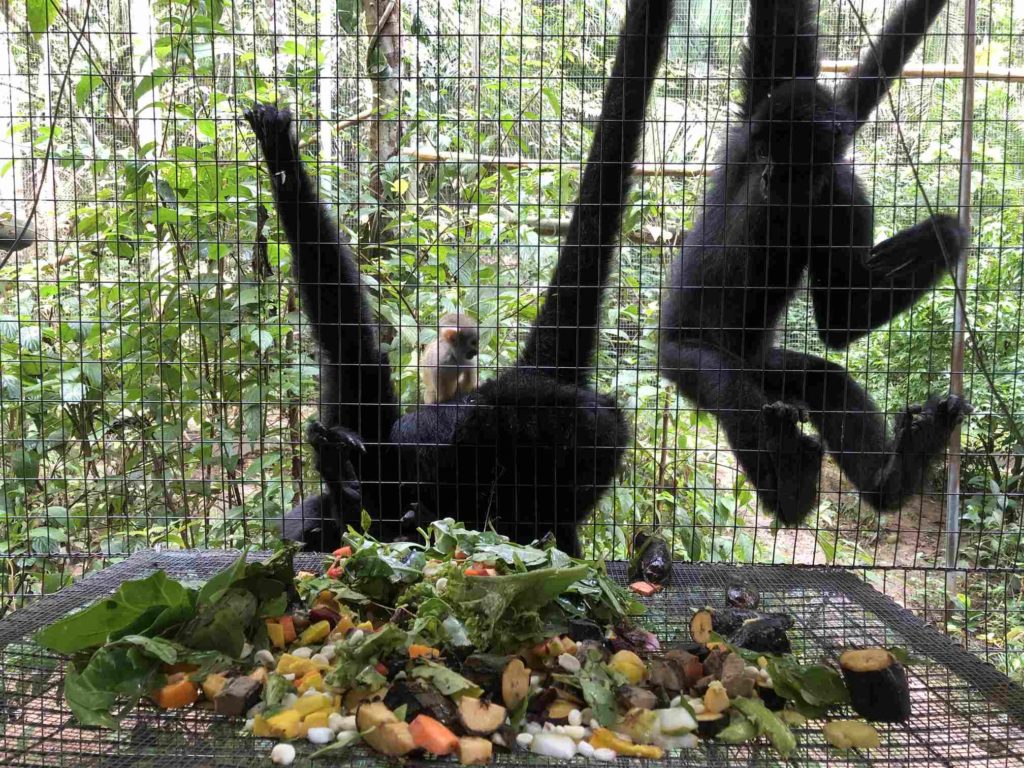
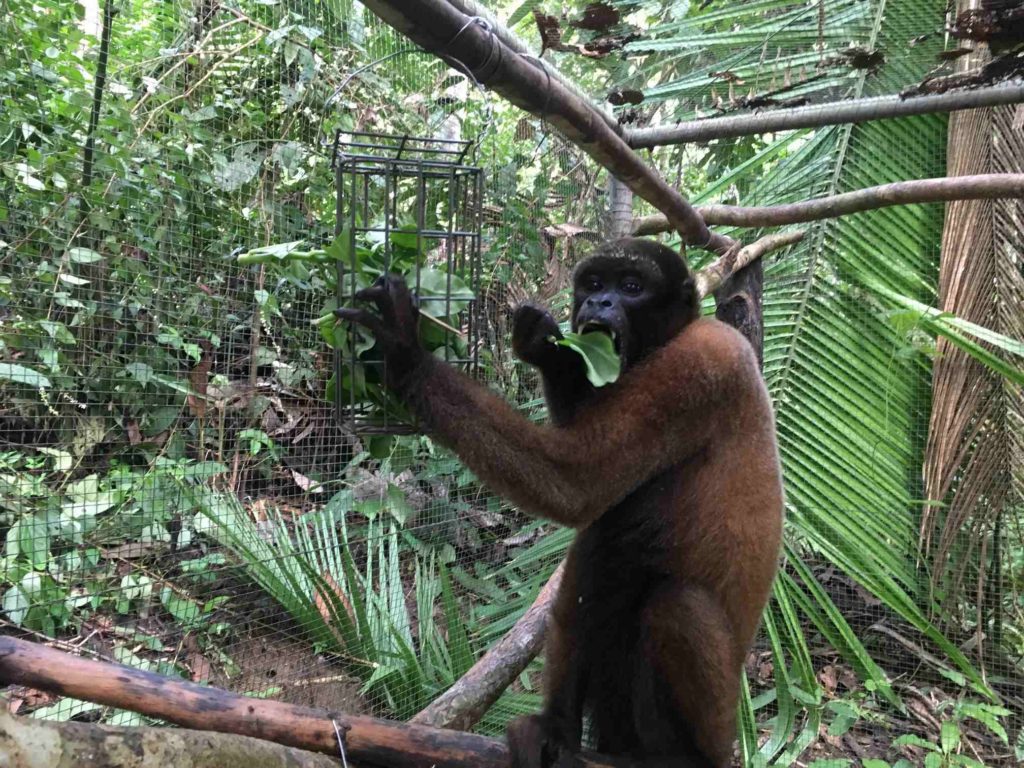
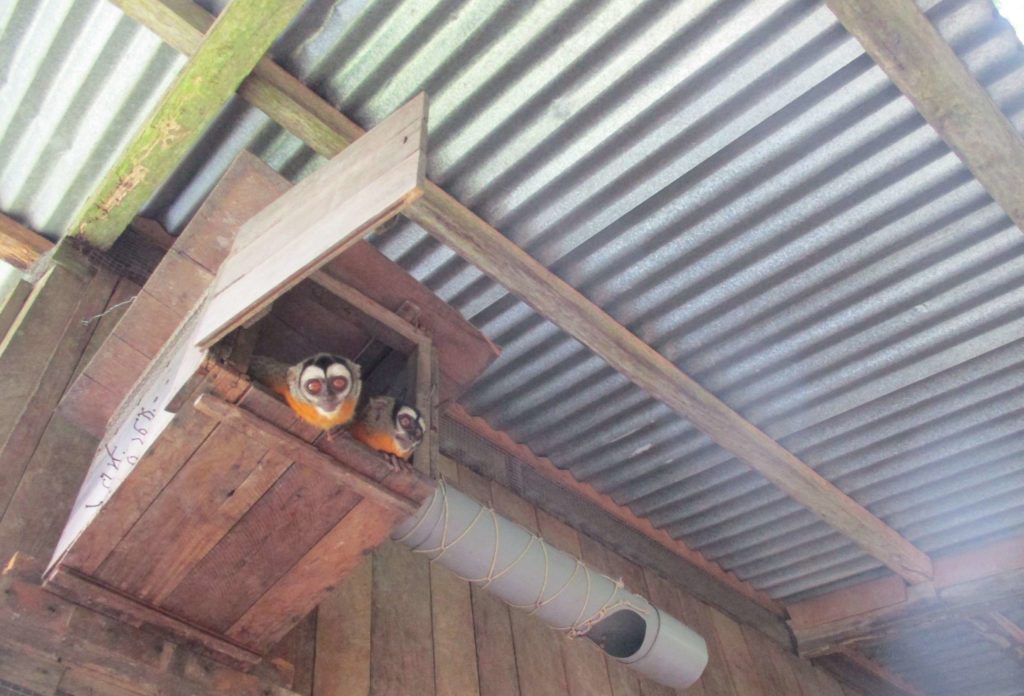
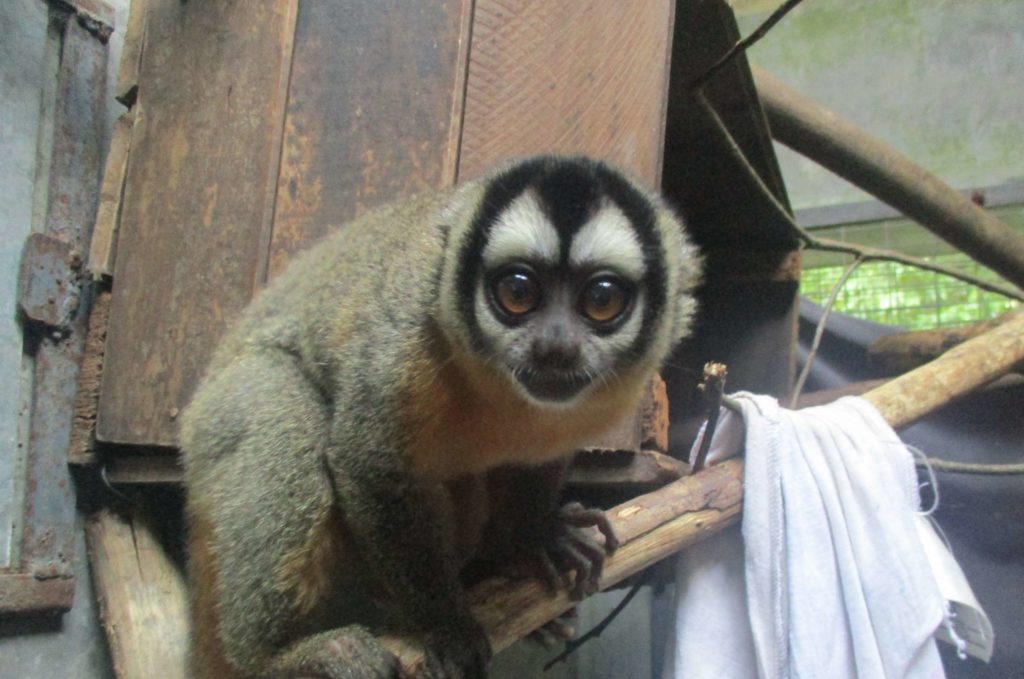
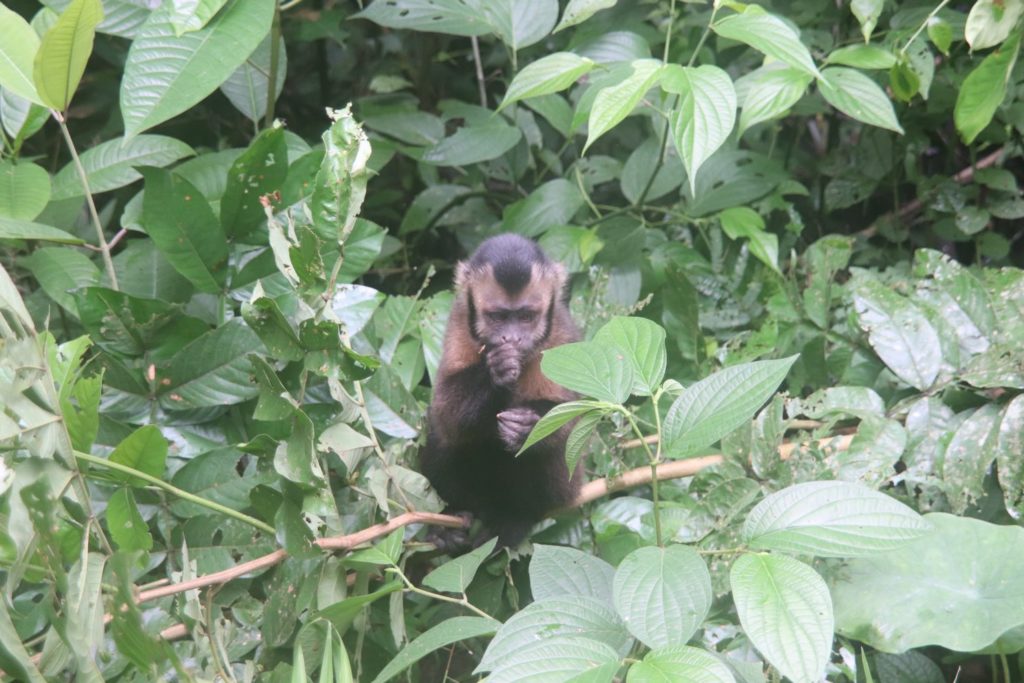
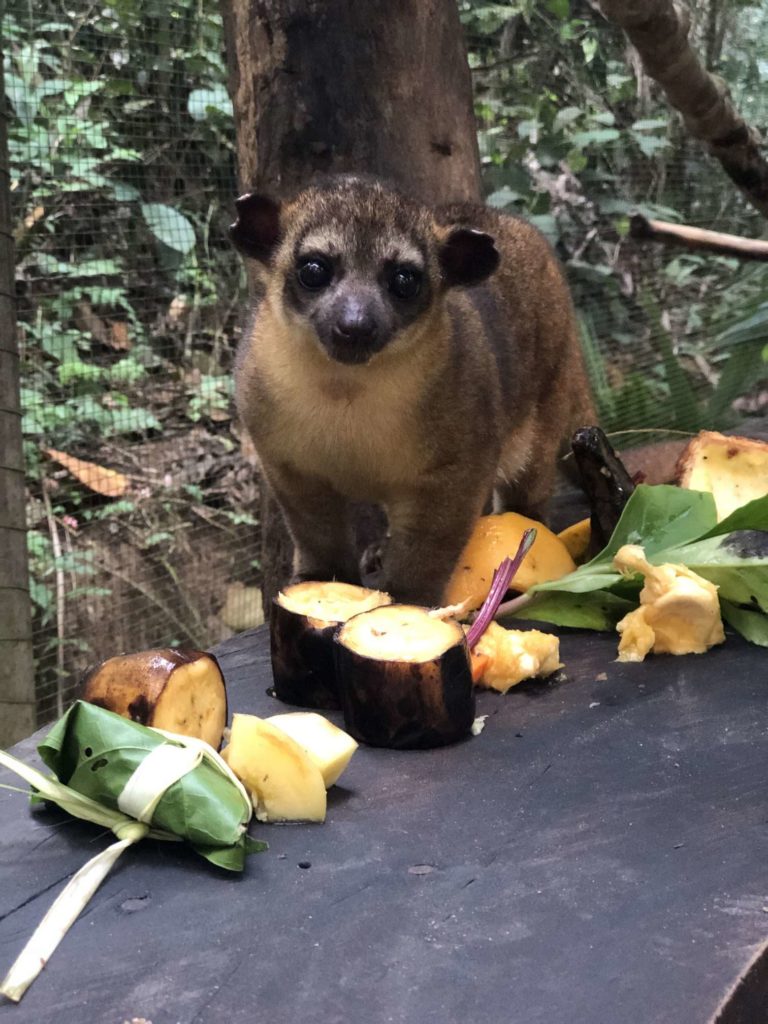
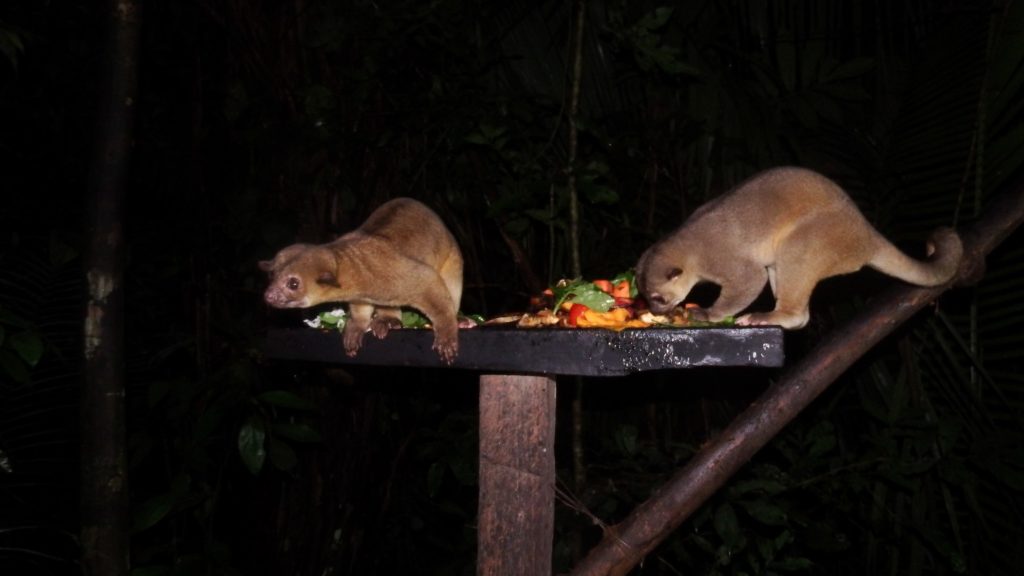
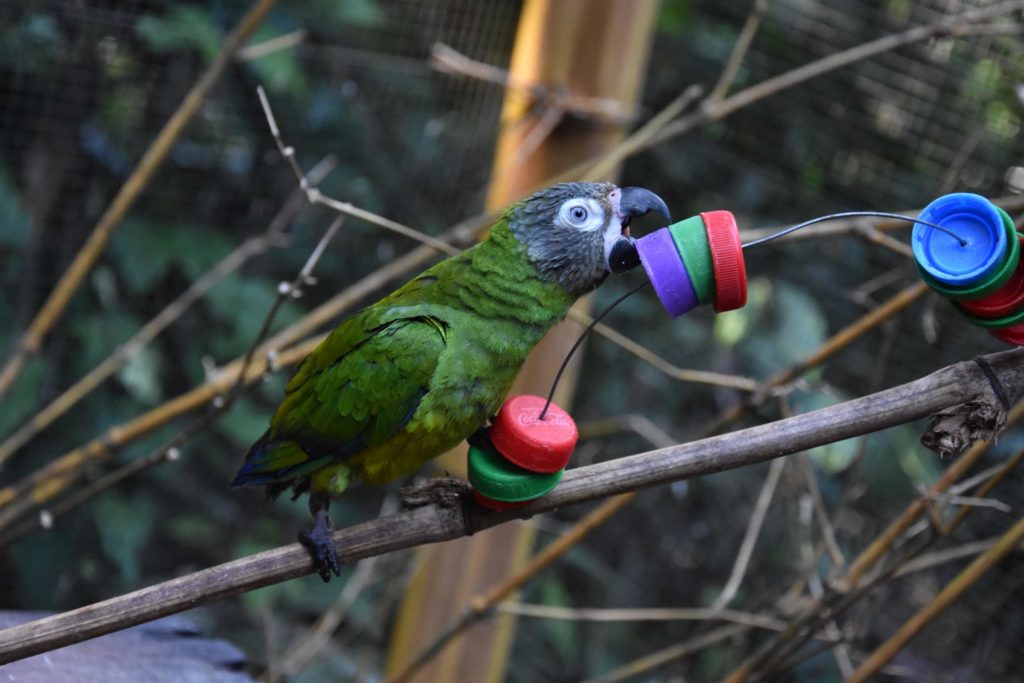
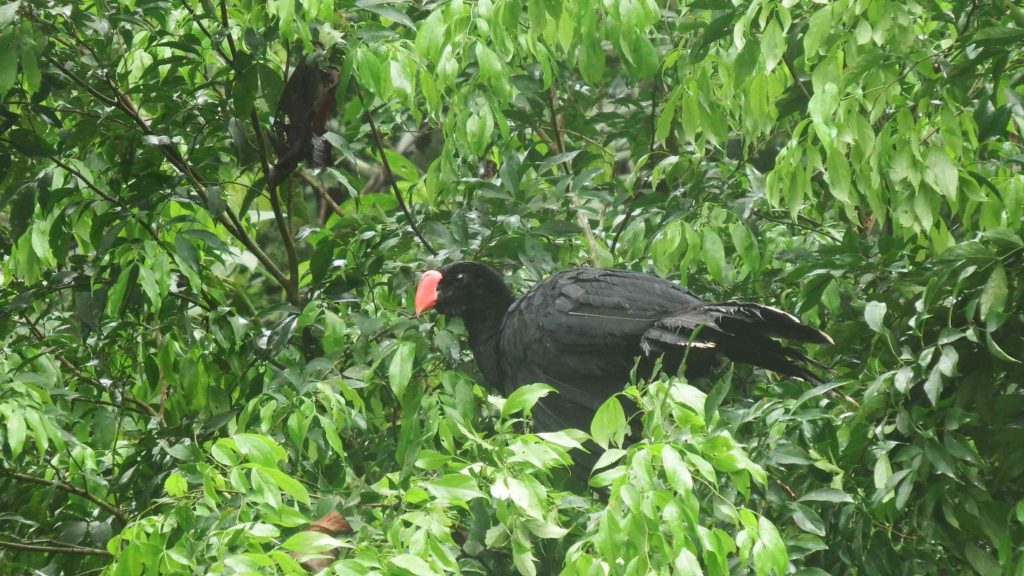
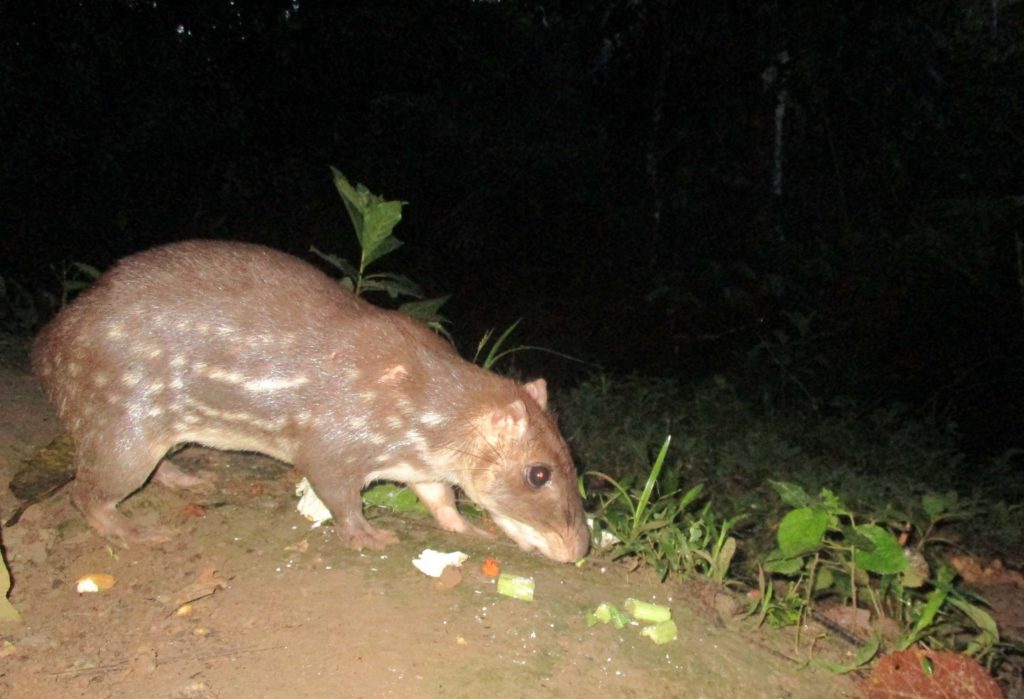
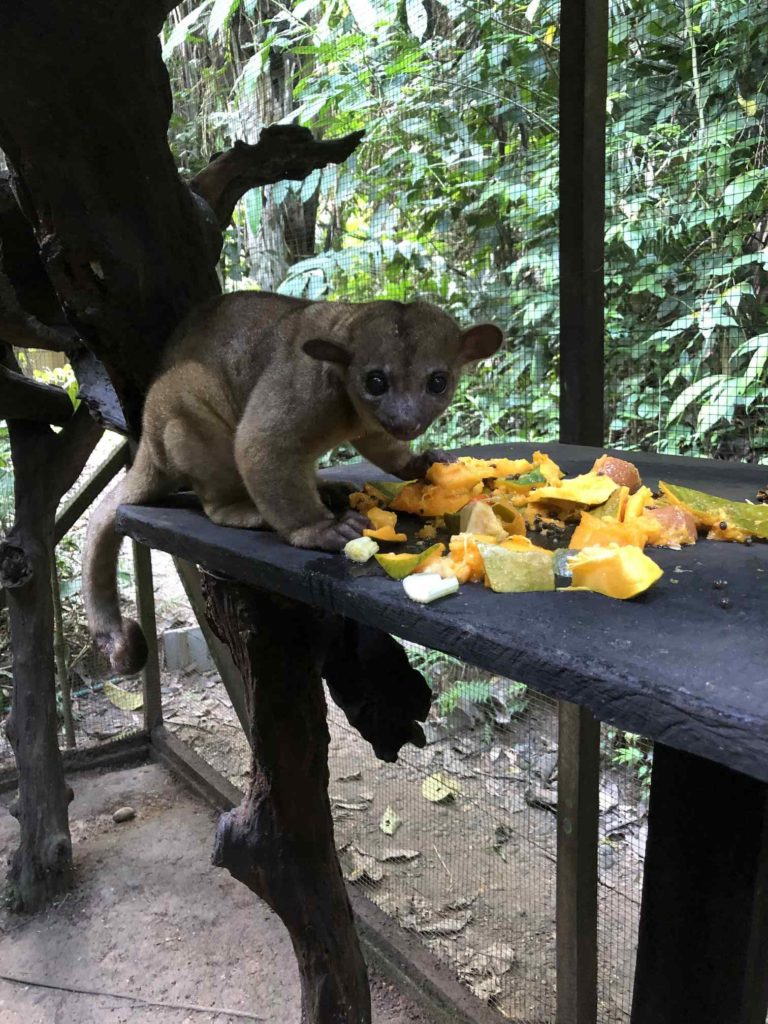
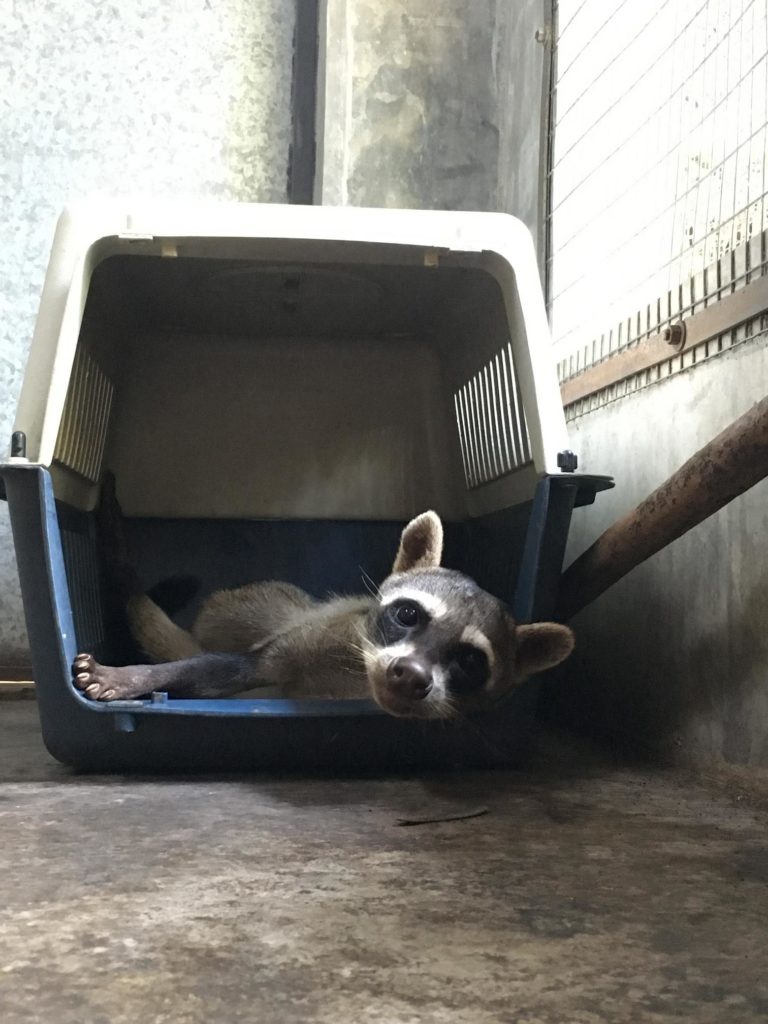
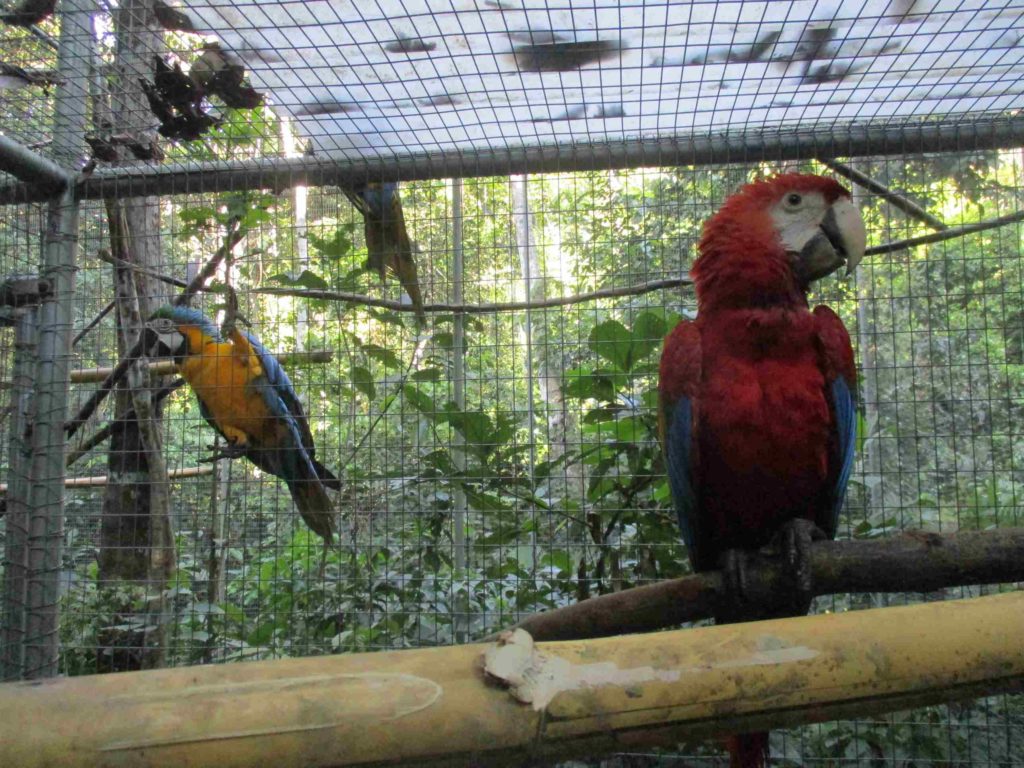
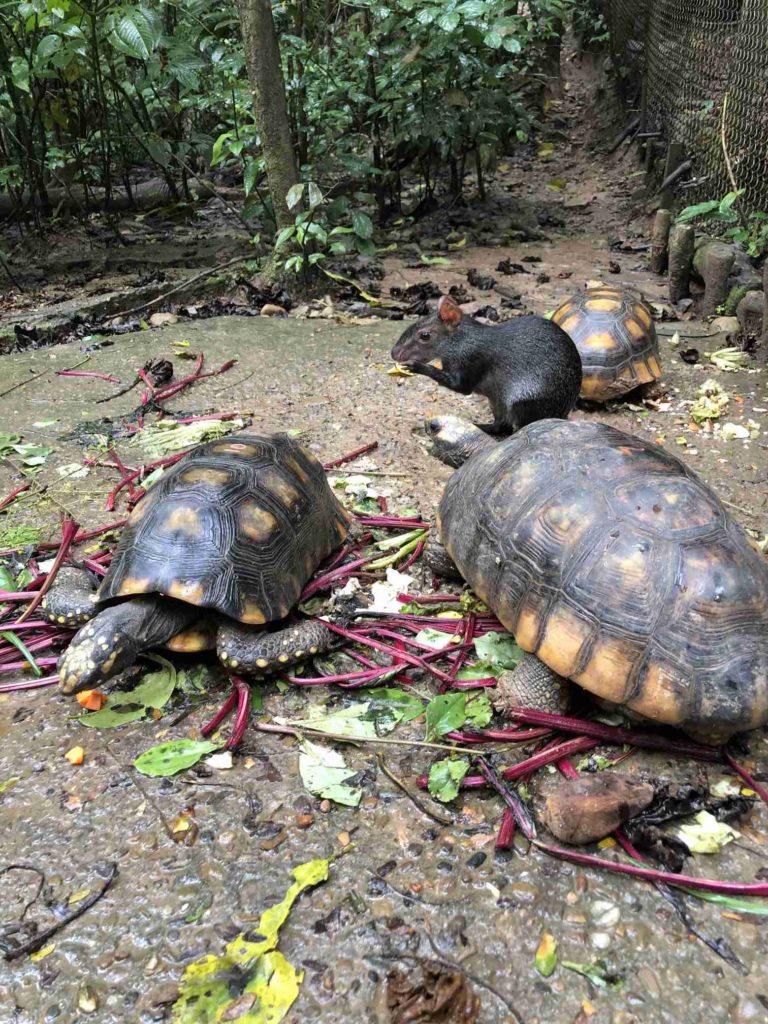
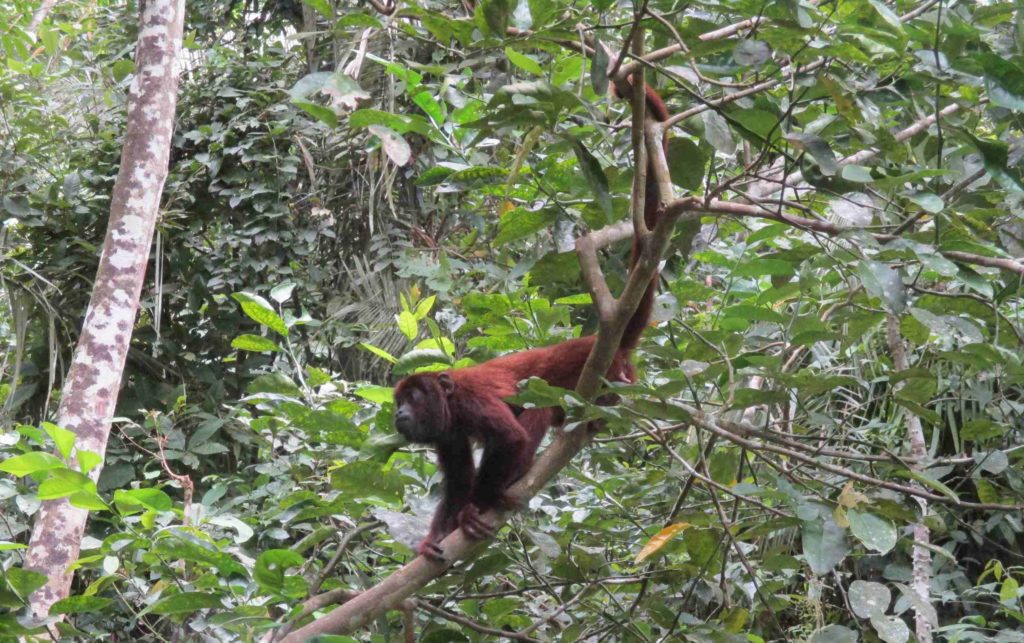
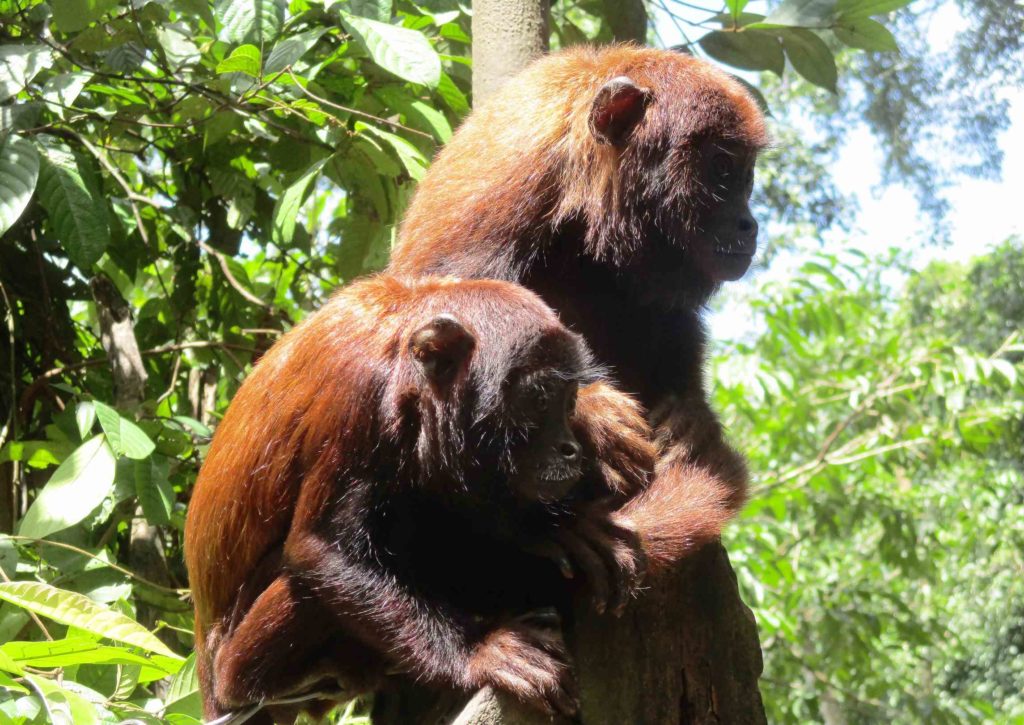
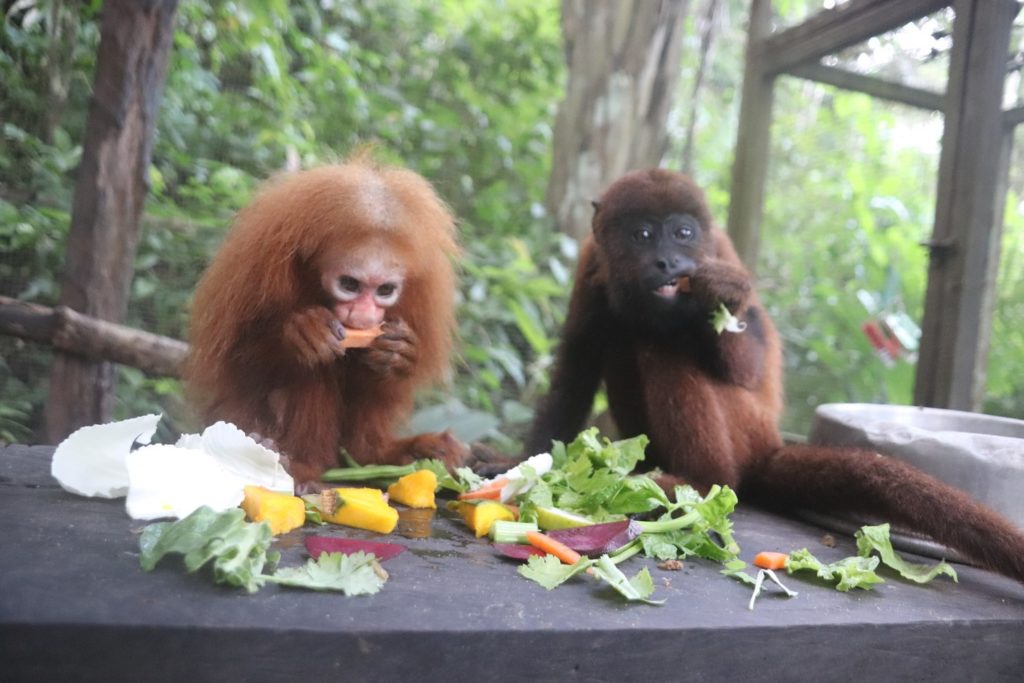

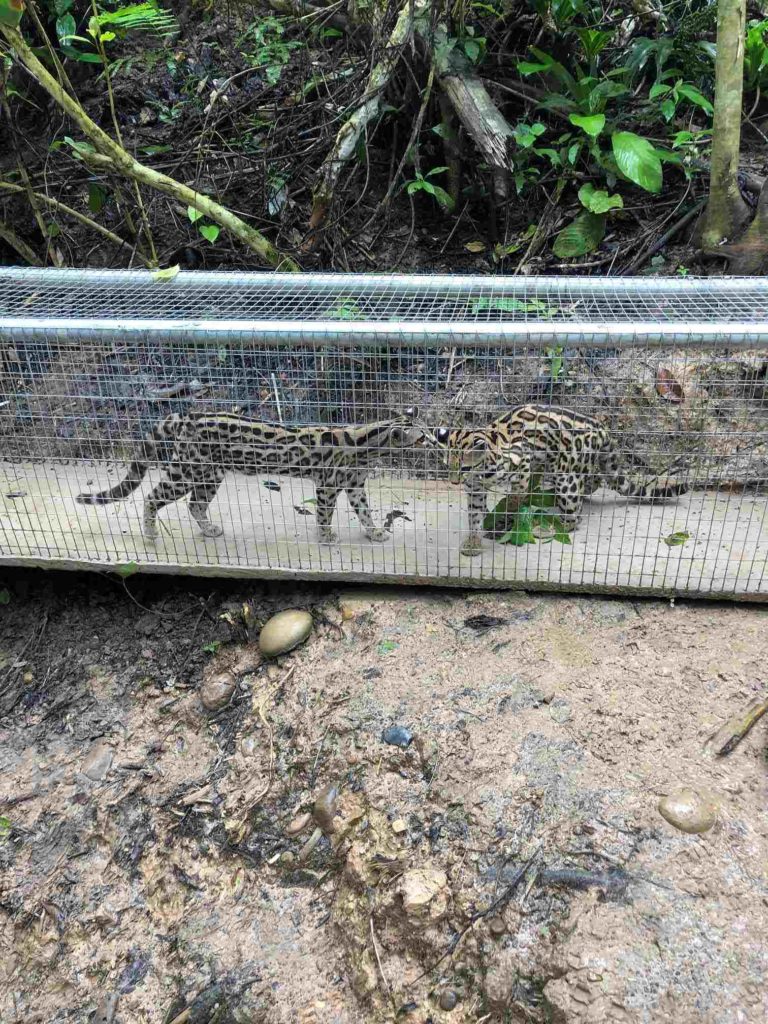
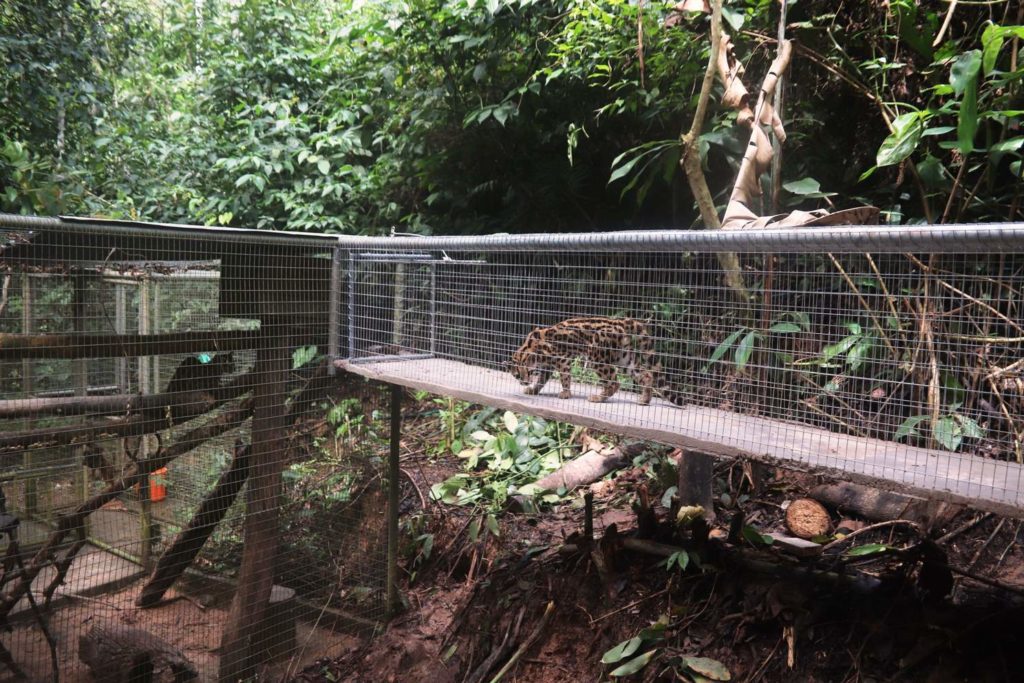
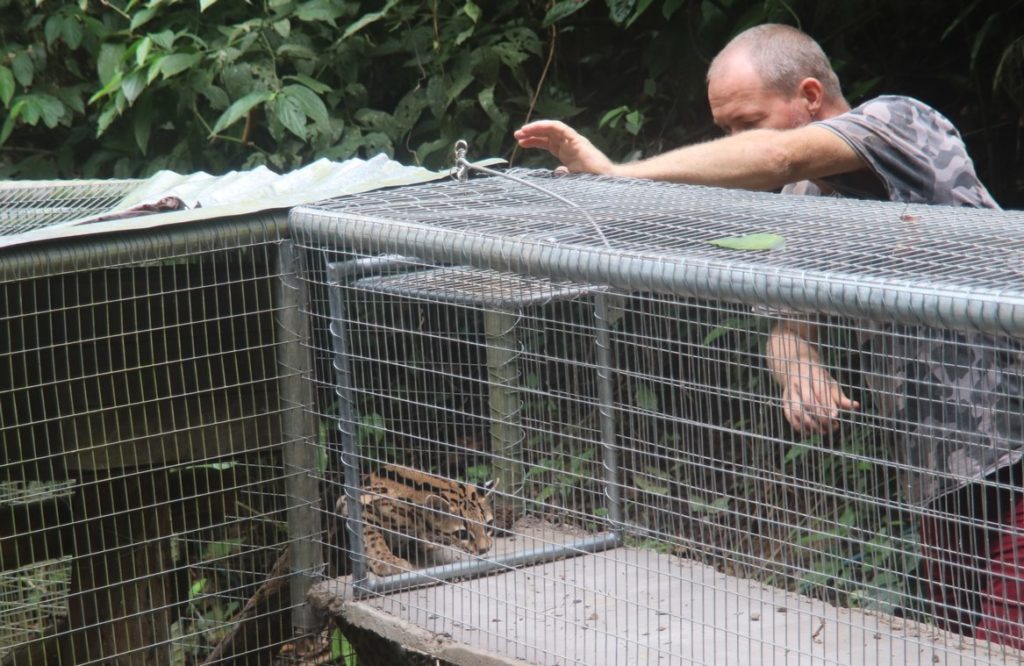
 Volunteers
Volunteers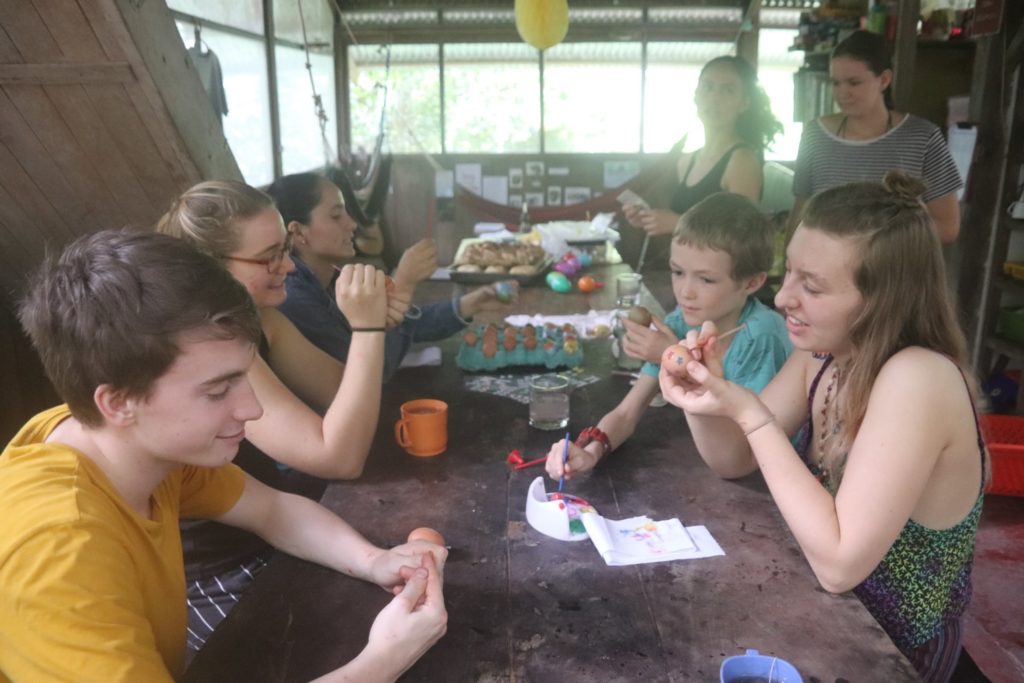
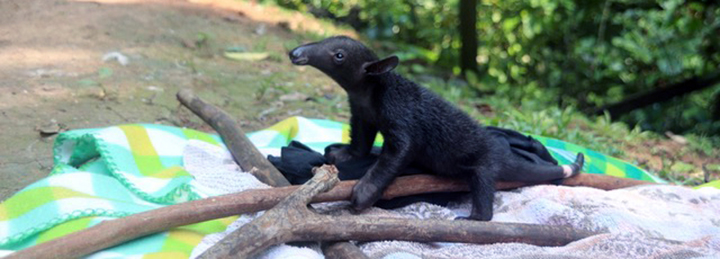
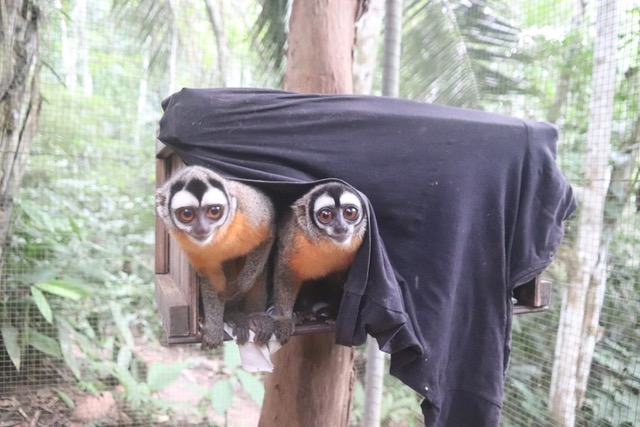
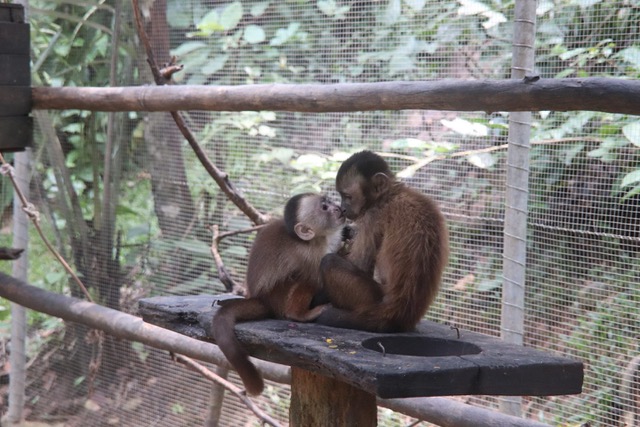
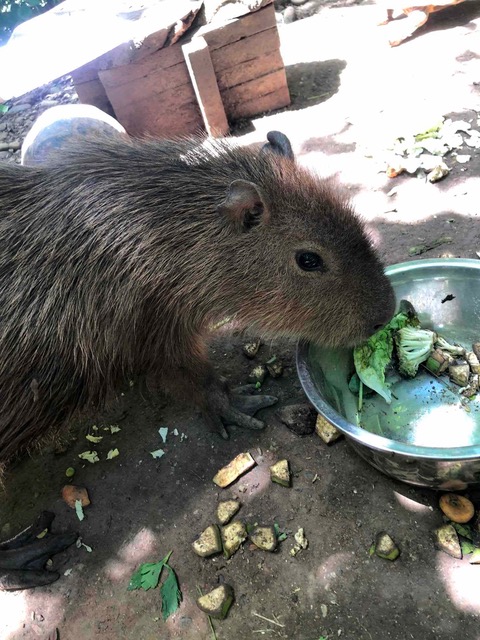
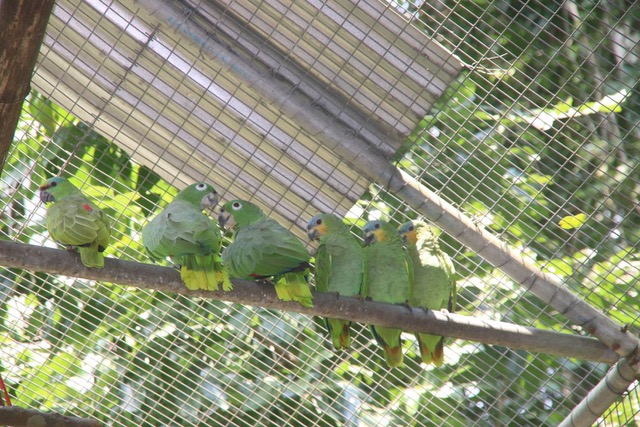
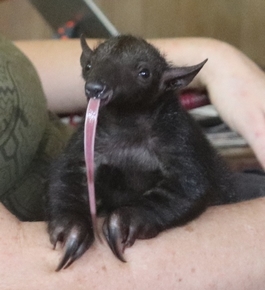
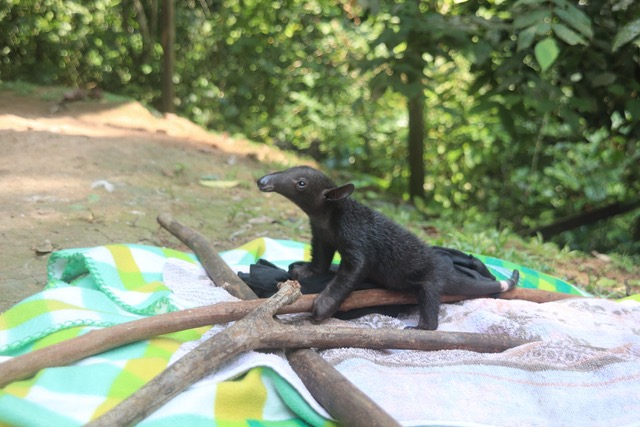
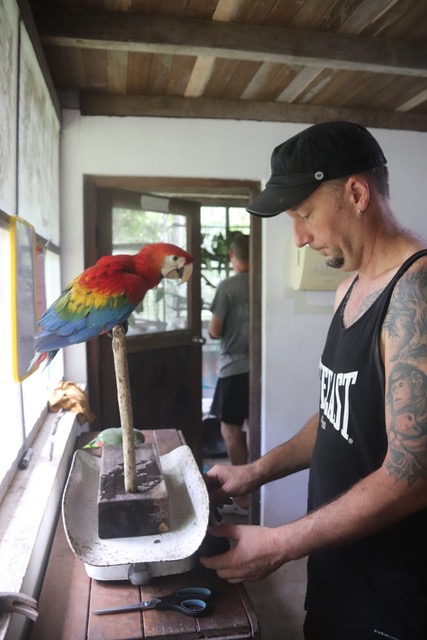
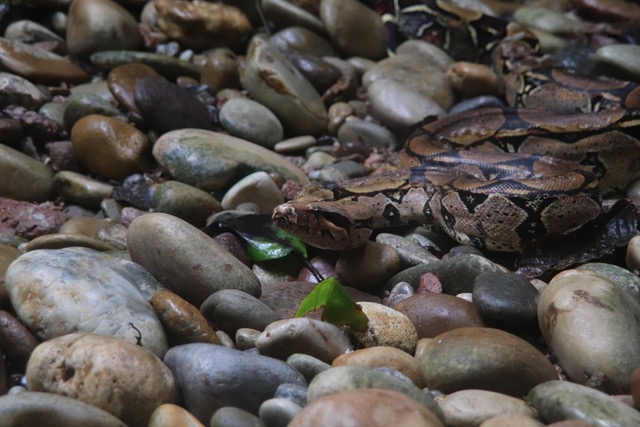
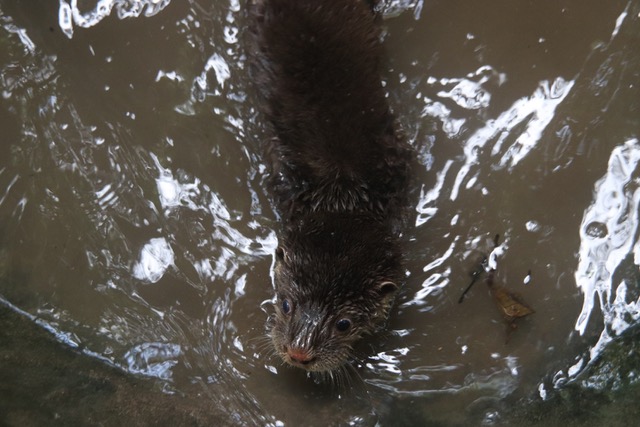
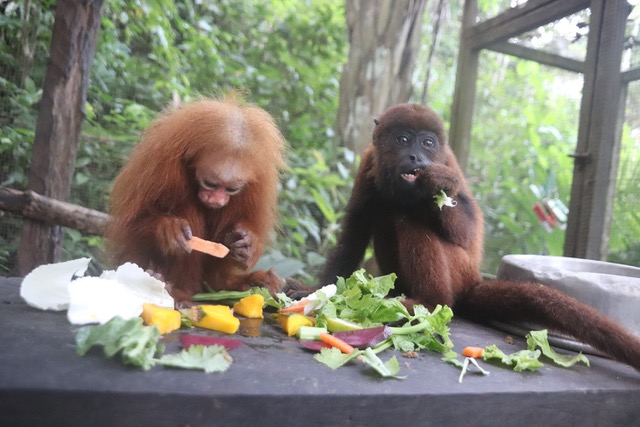
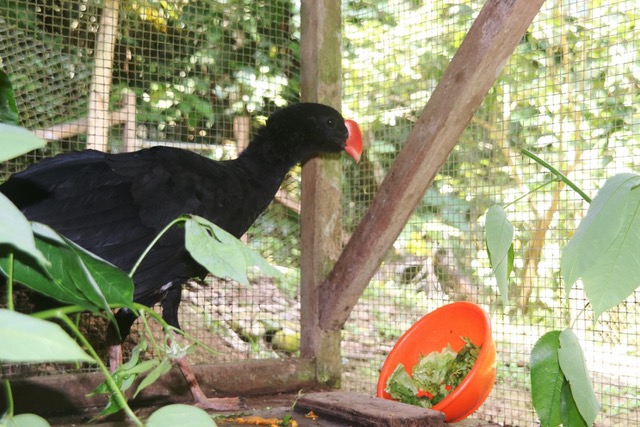
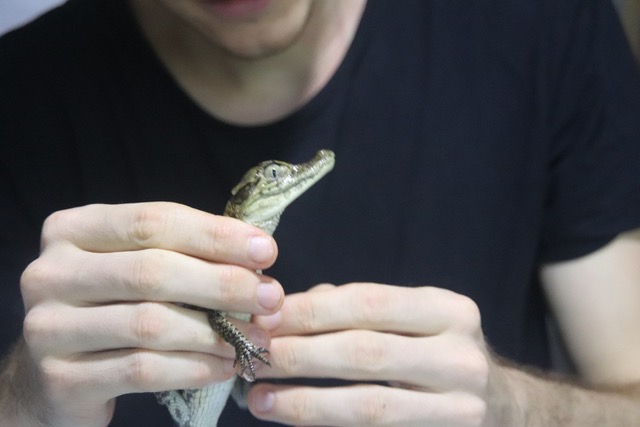
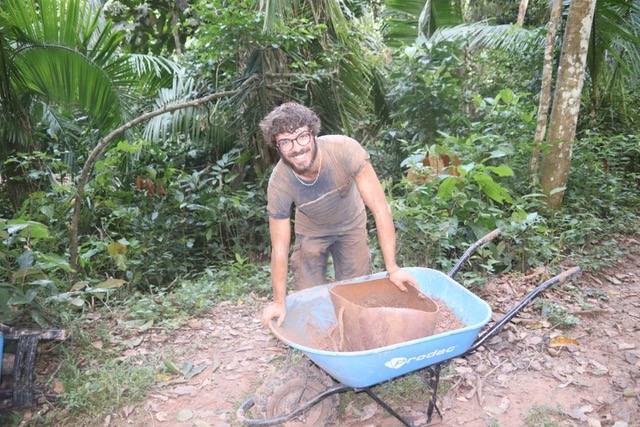
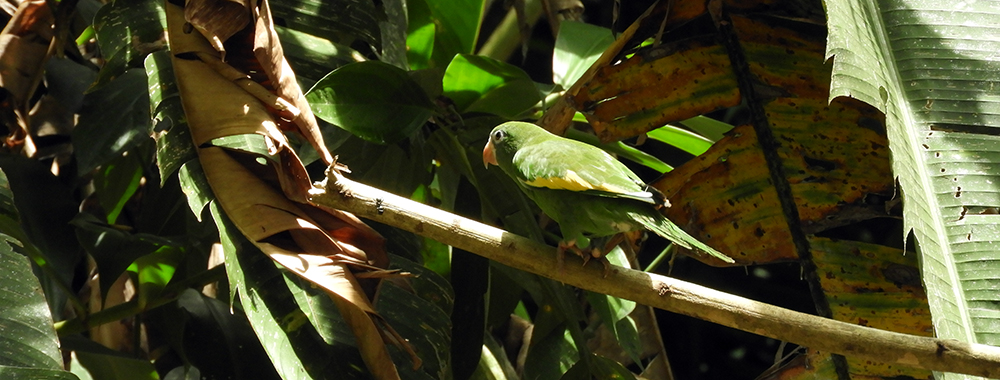
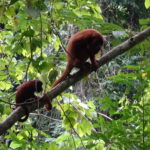
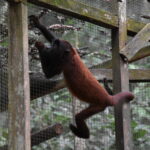
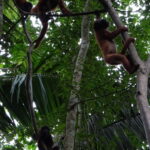
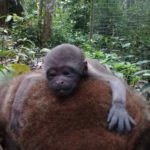
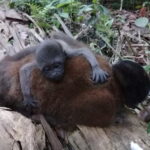
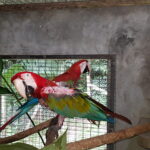
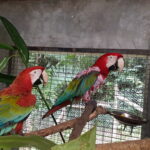
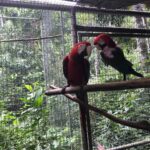
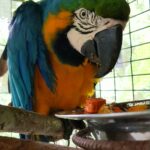
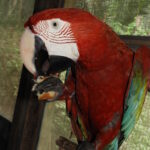
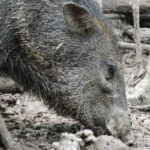
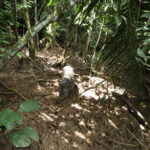
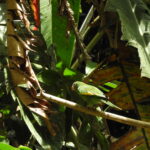
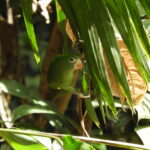
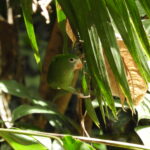
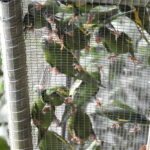
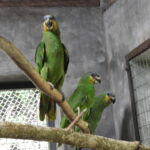
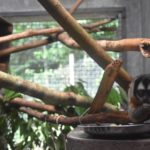
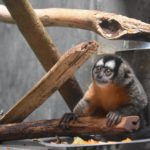
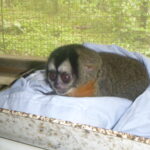
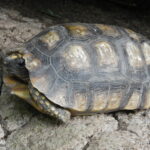
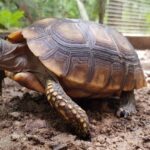
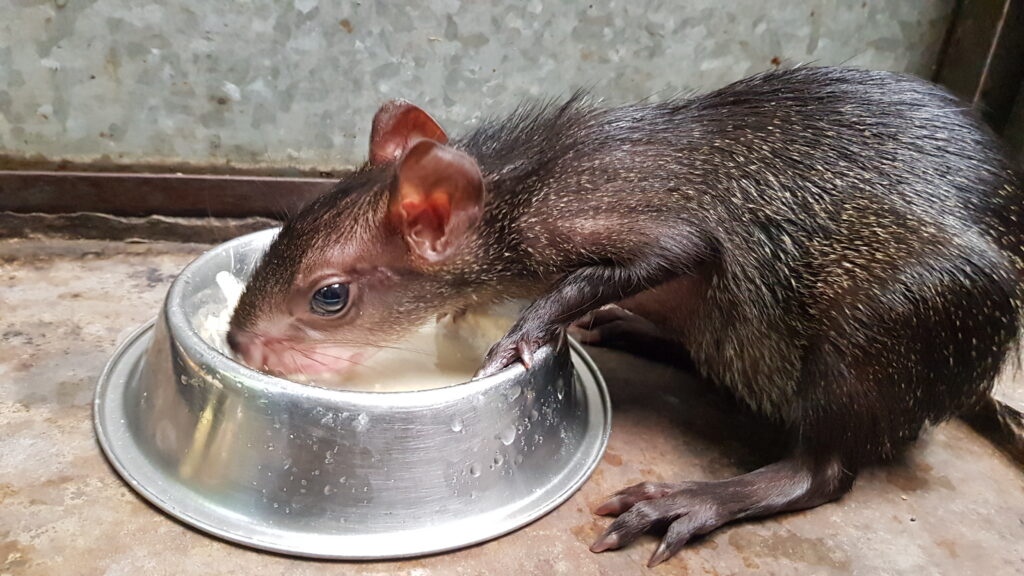
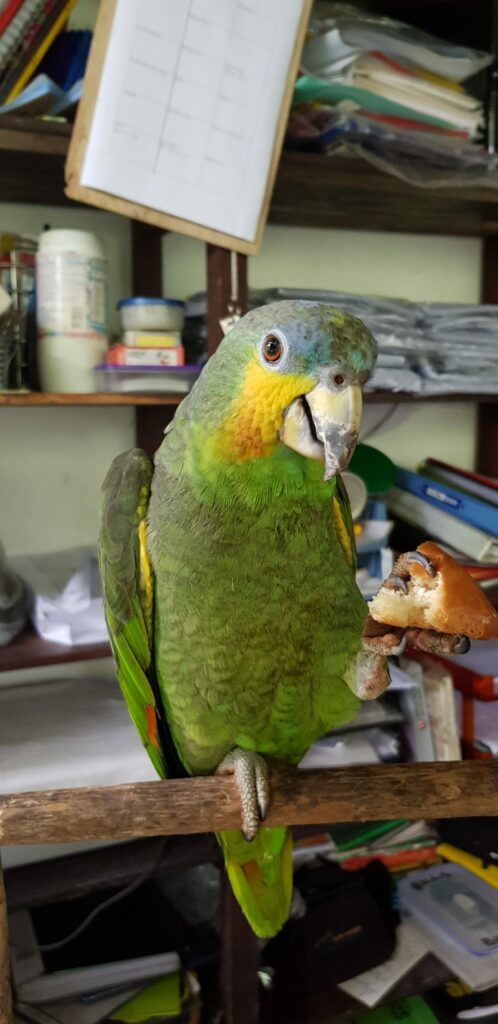
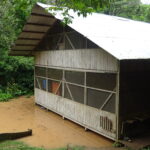
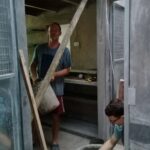
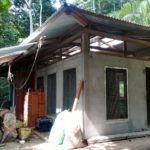
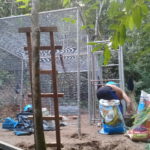
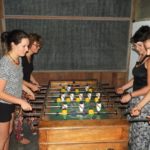
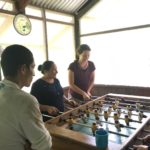
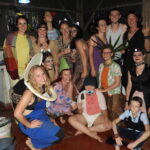
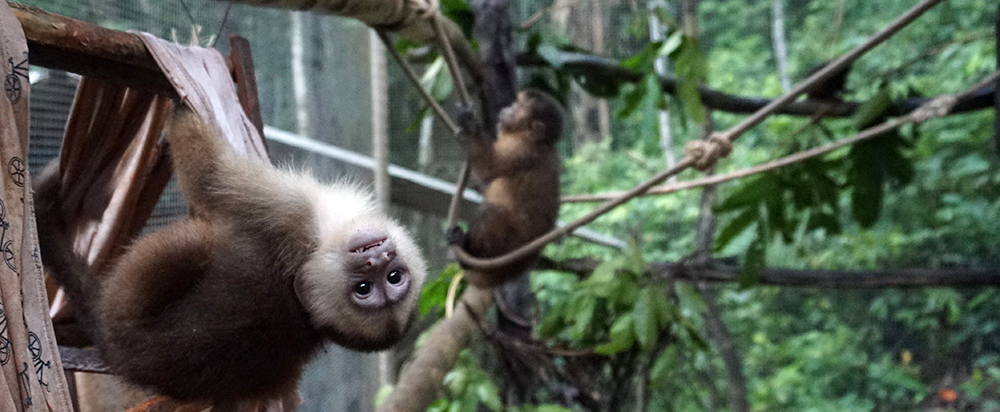
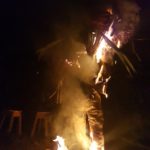
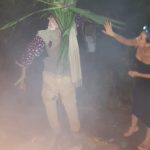
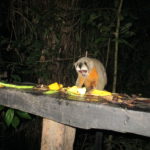
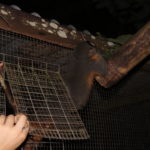
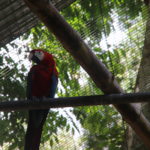
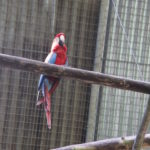
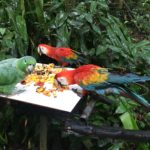
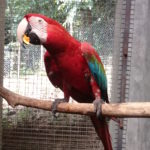
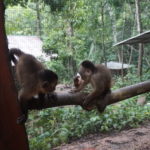
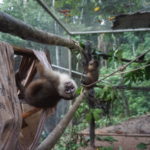
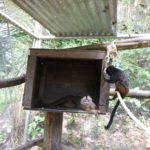
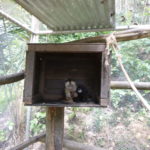
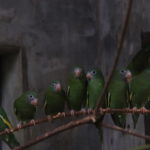
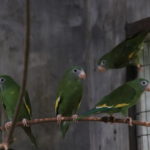
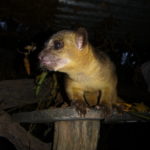
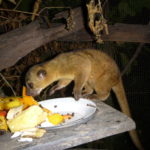
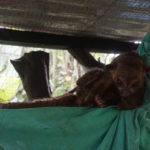
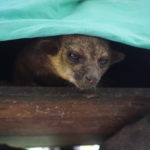
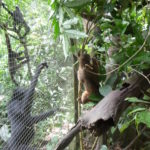
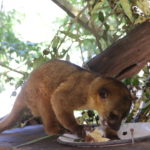
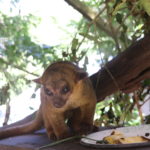
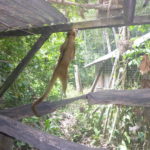
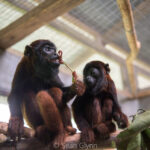
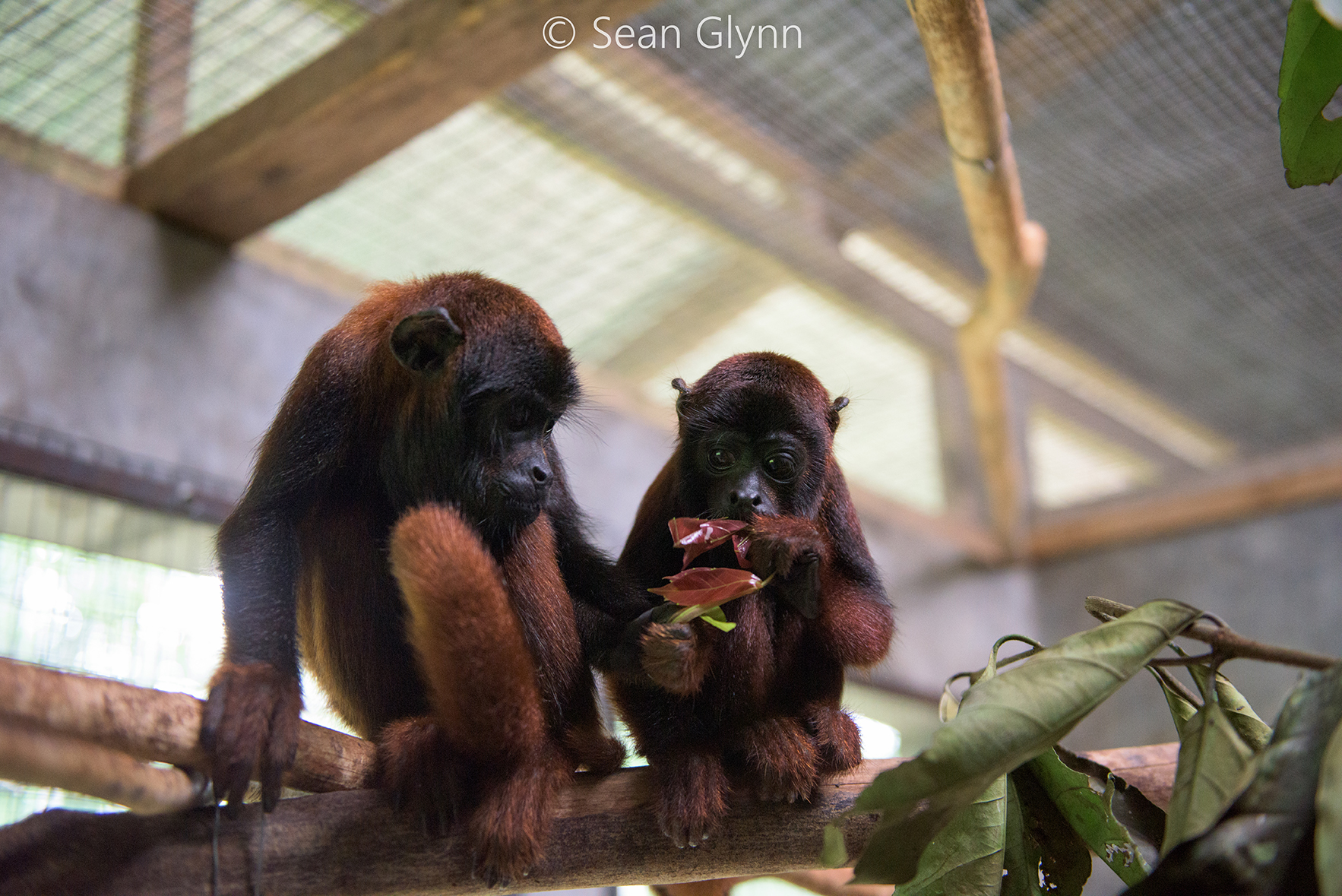
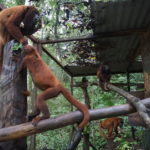
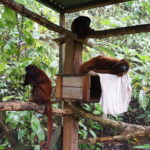
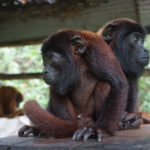
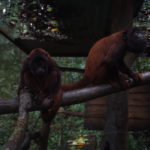
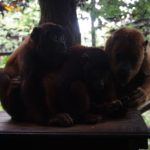
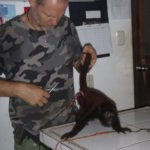
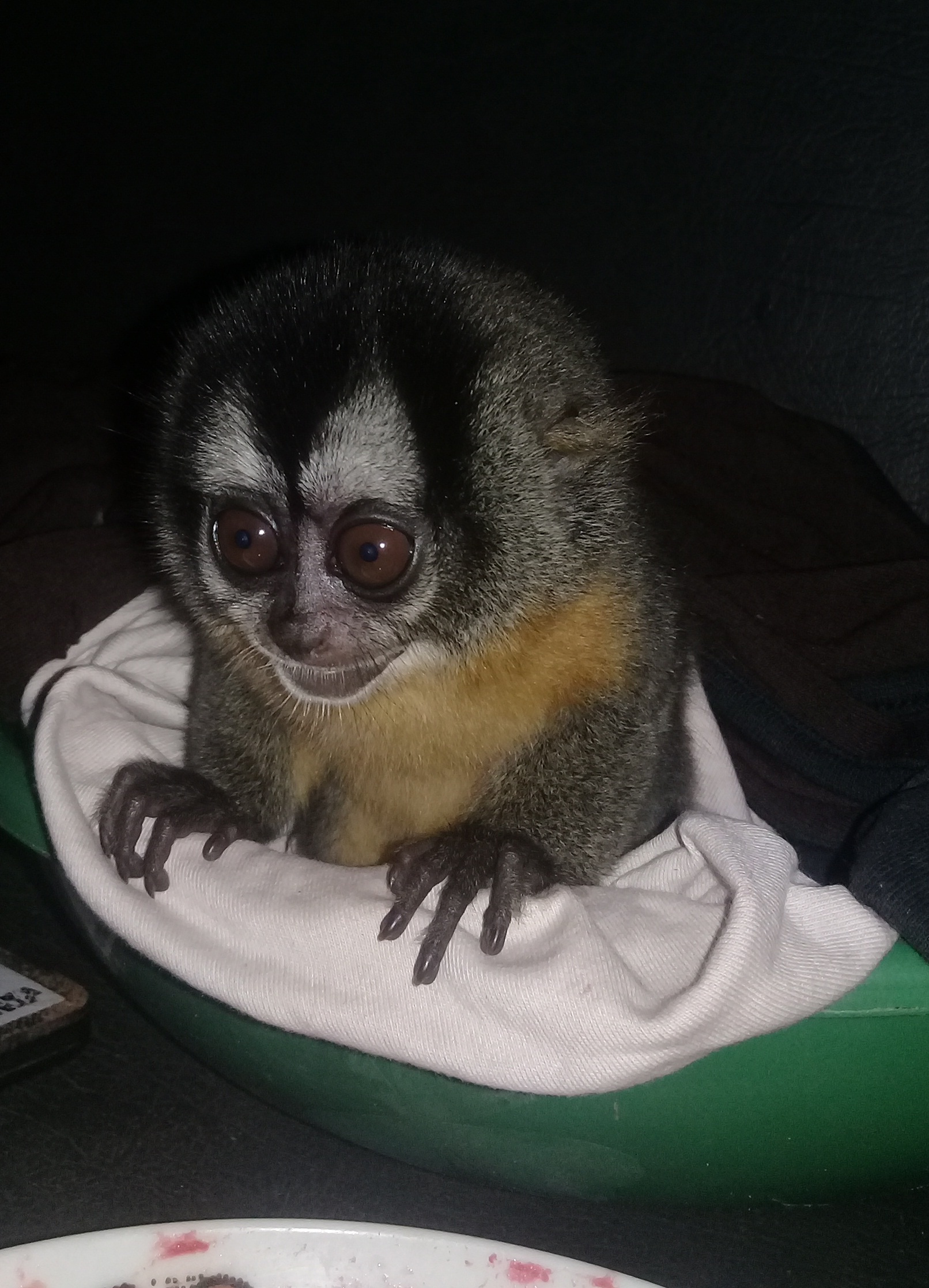
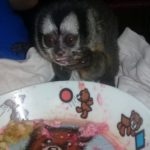
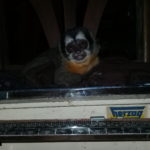
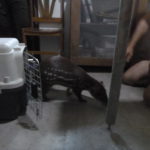
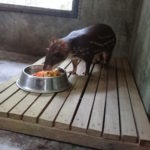
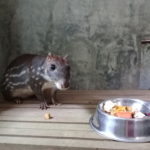
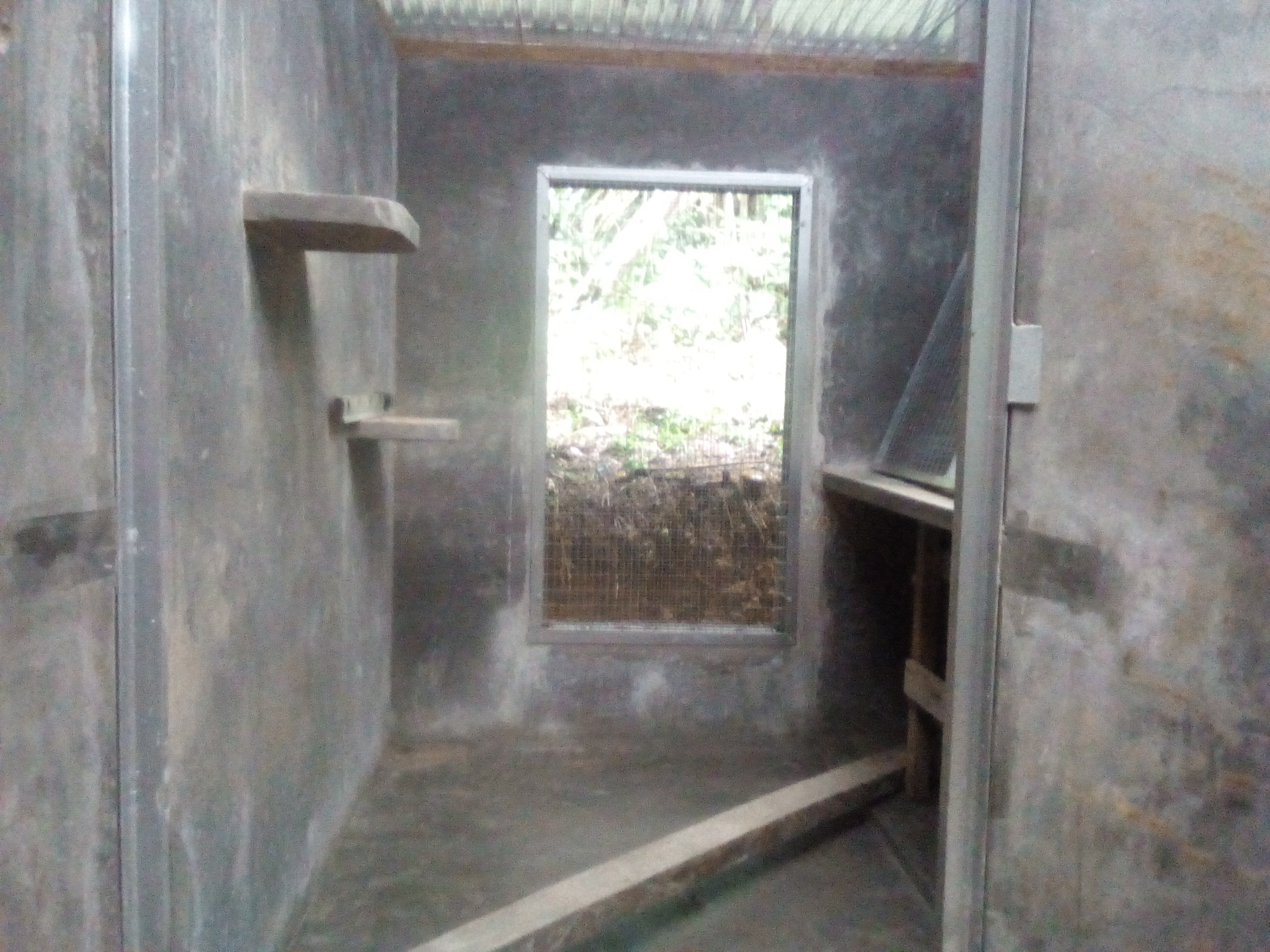
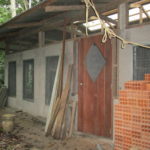
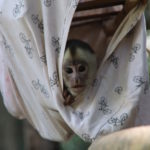
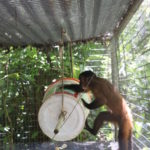
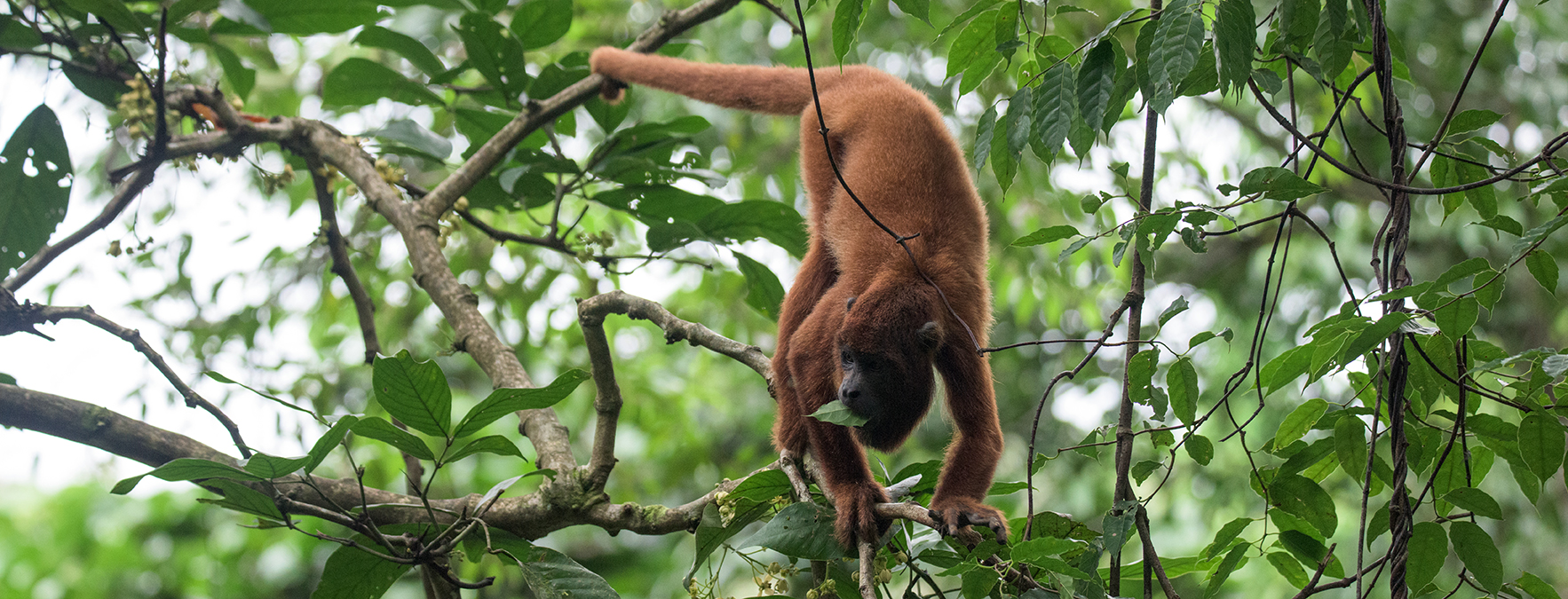
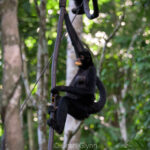
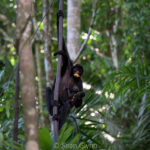
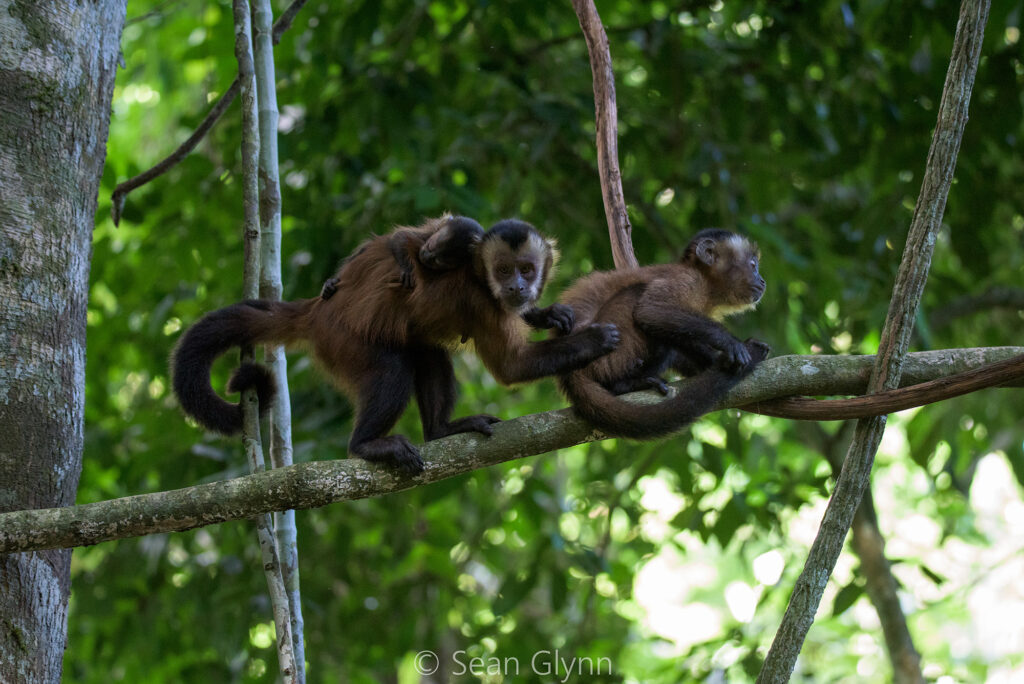
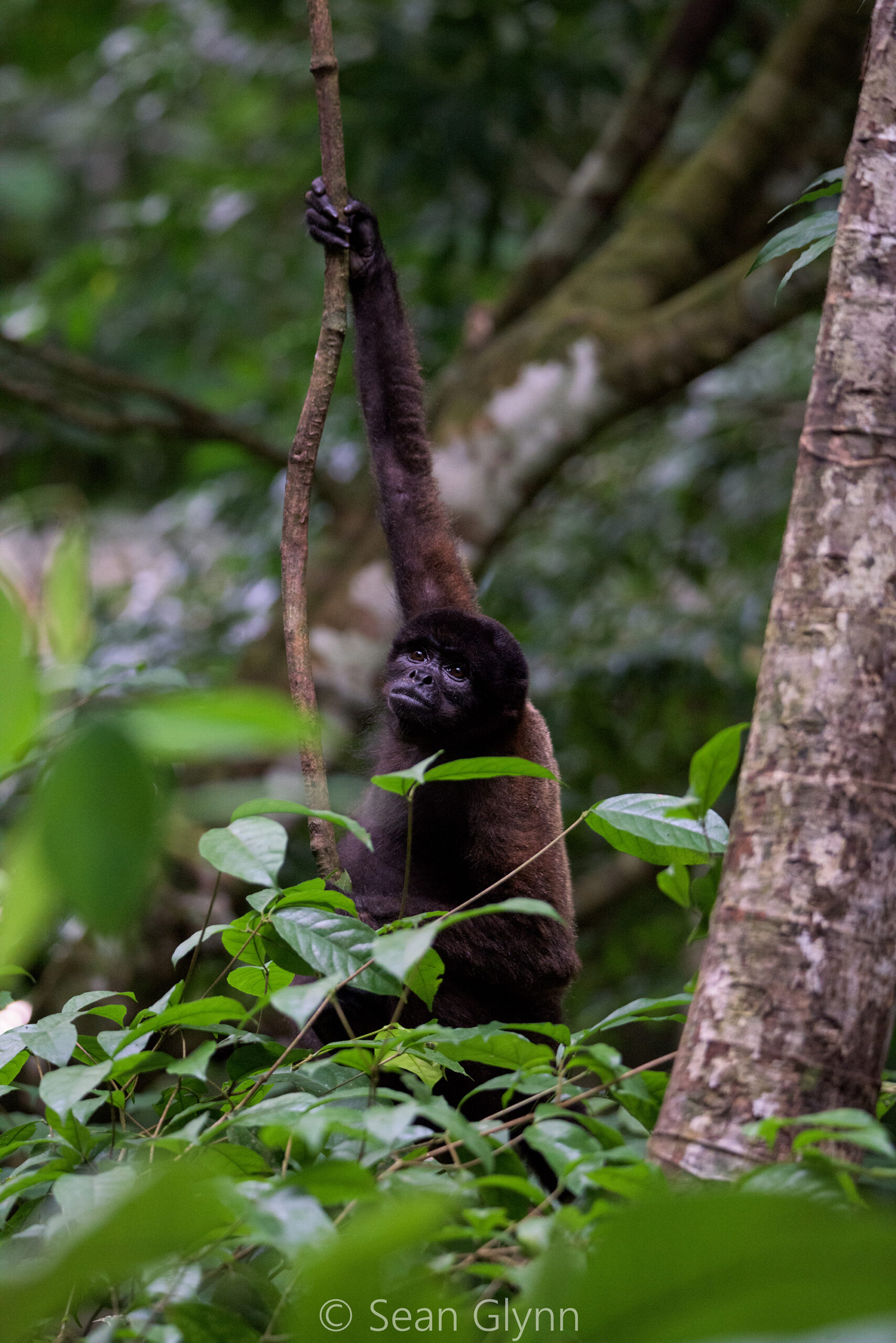
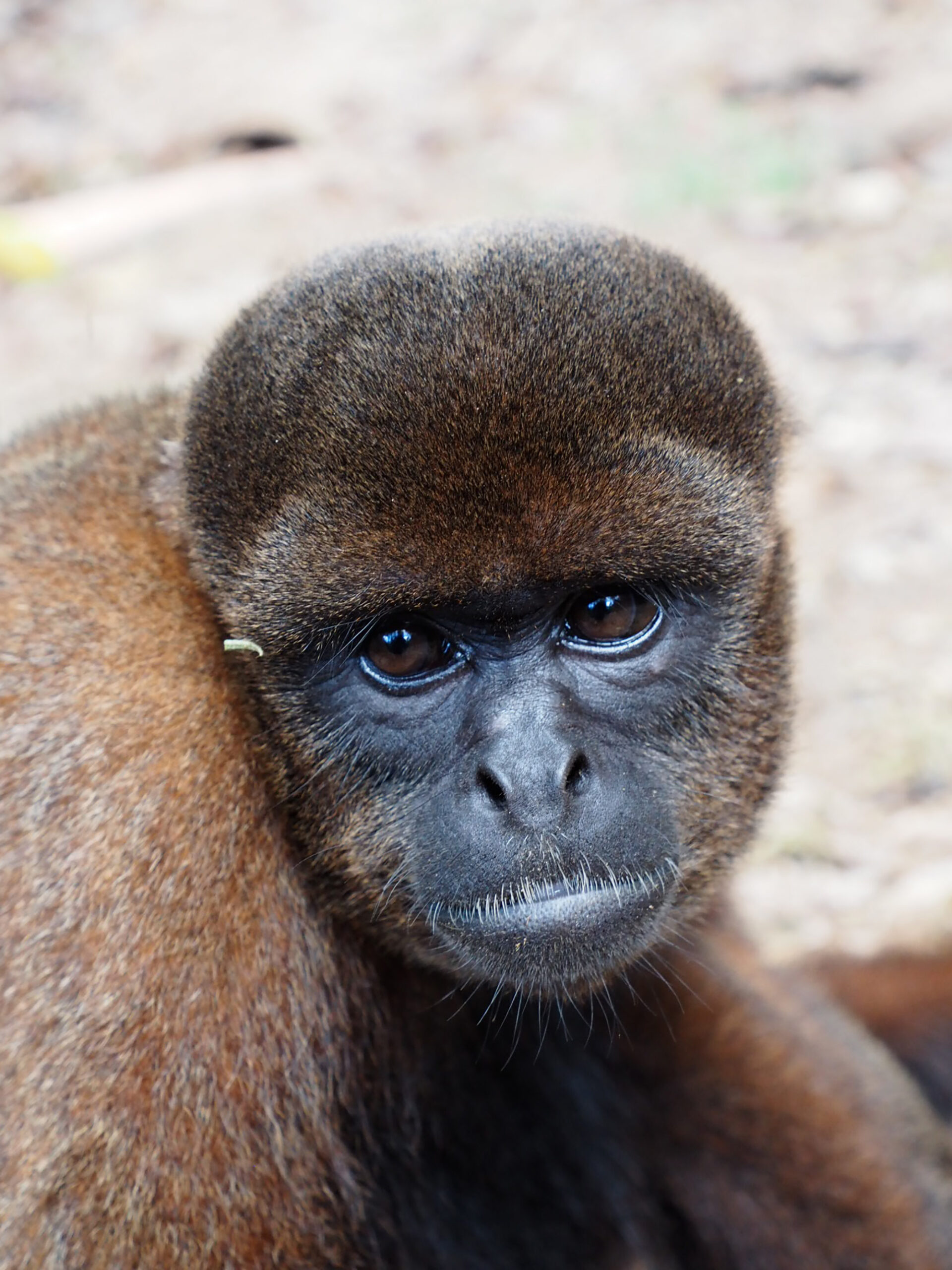
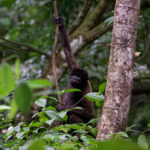
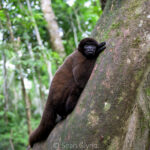
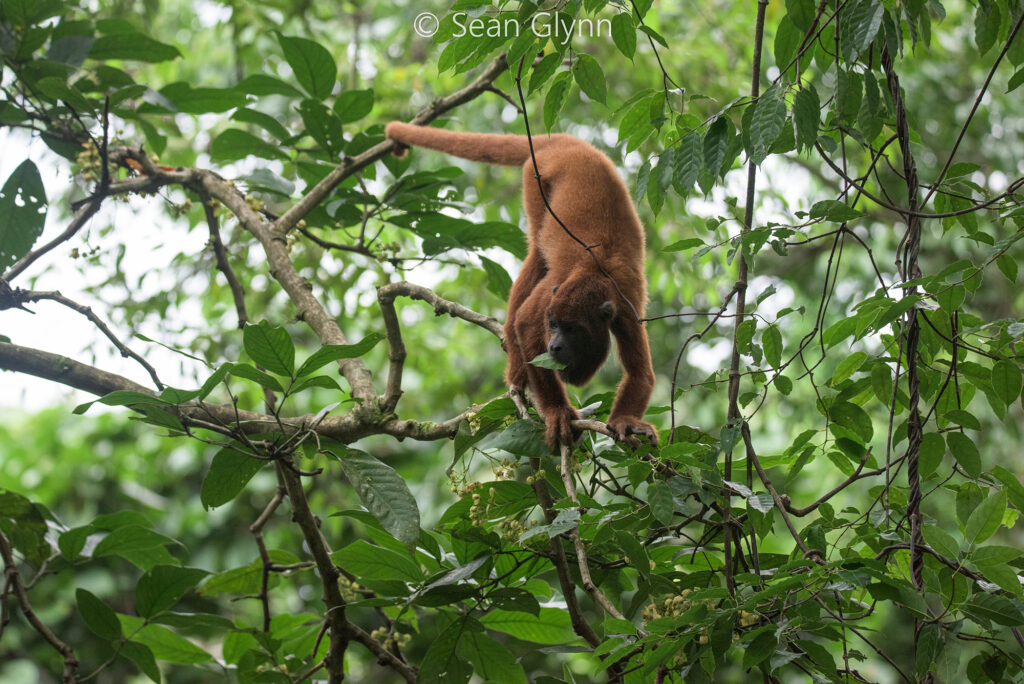
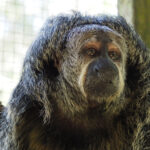
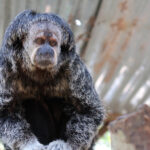
 Other Animals
Other Animals